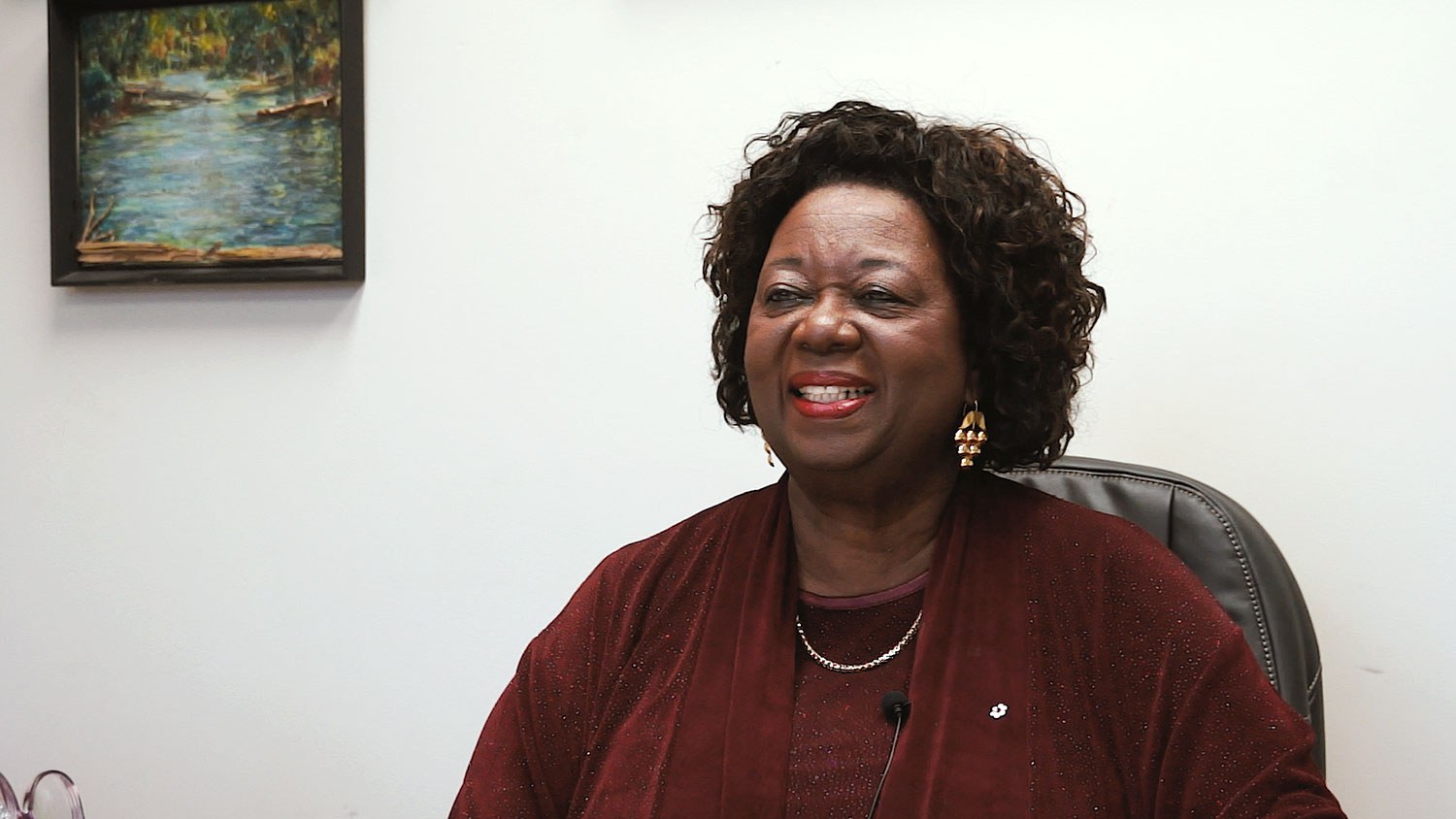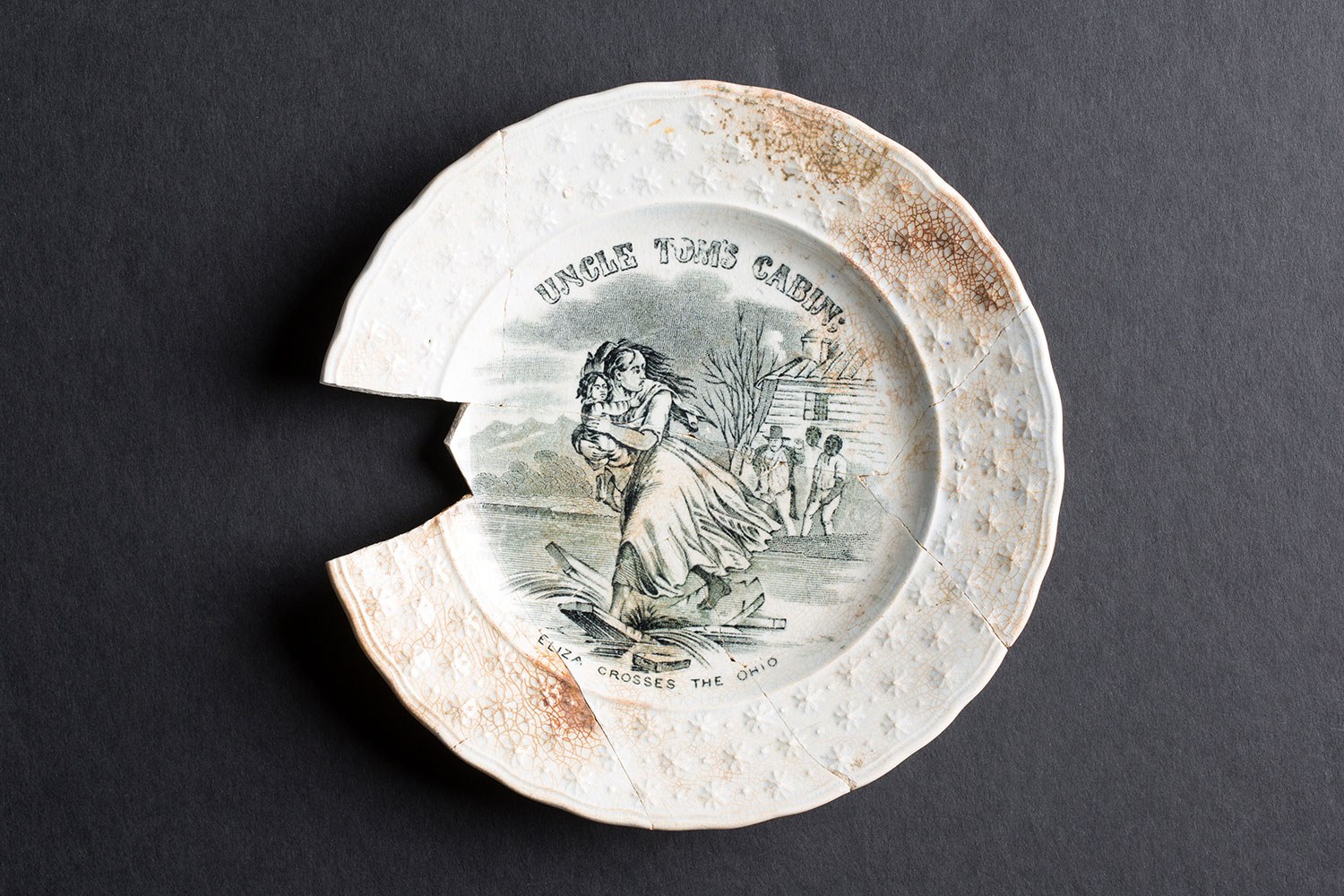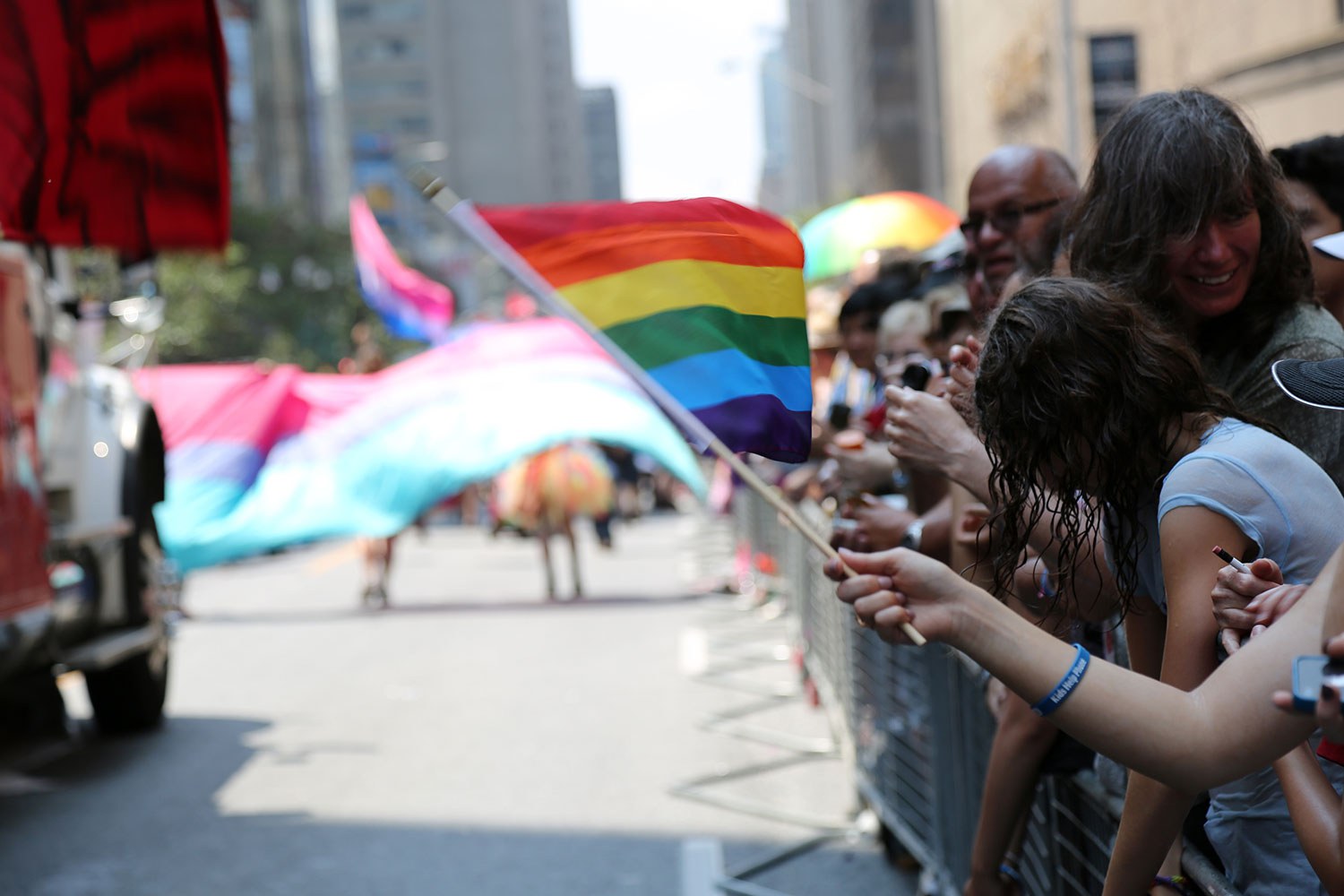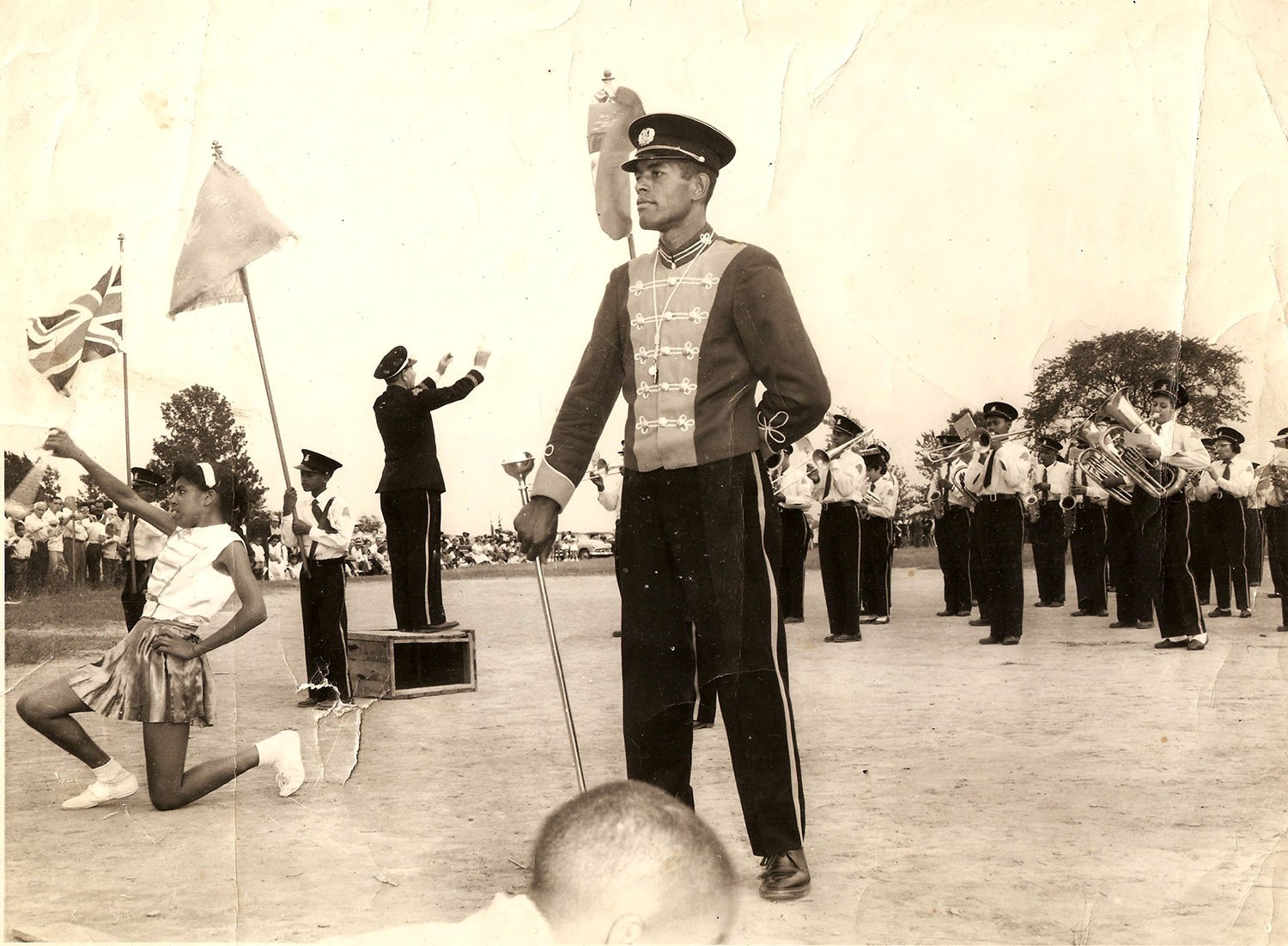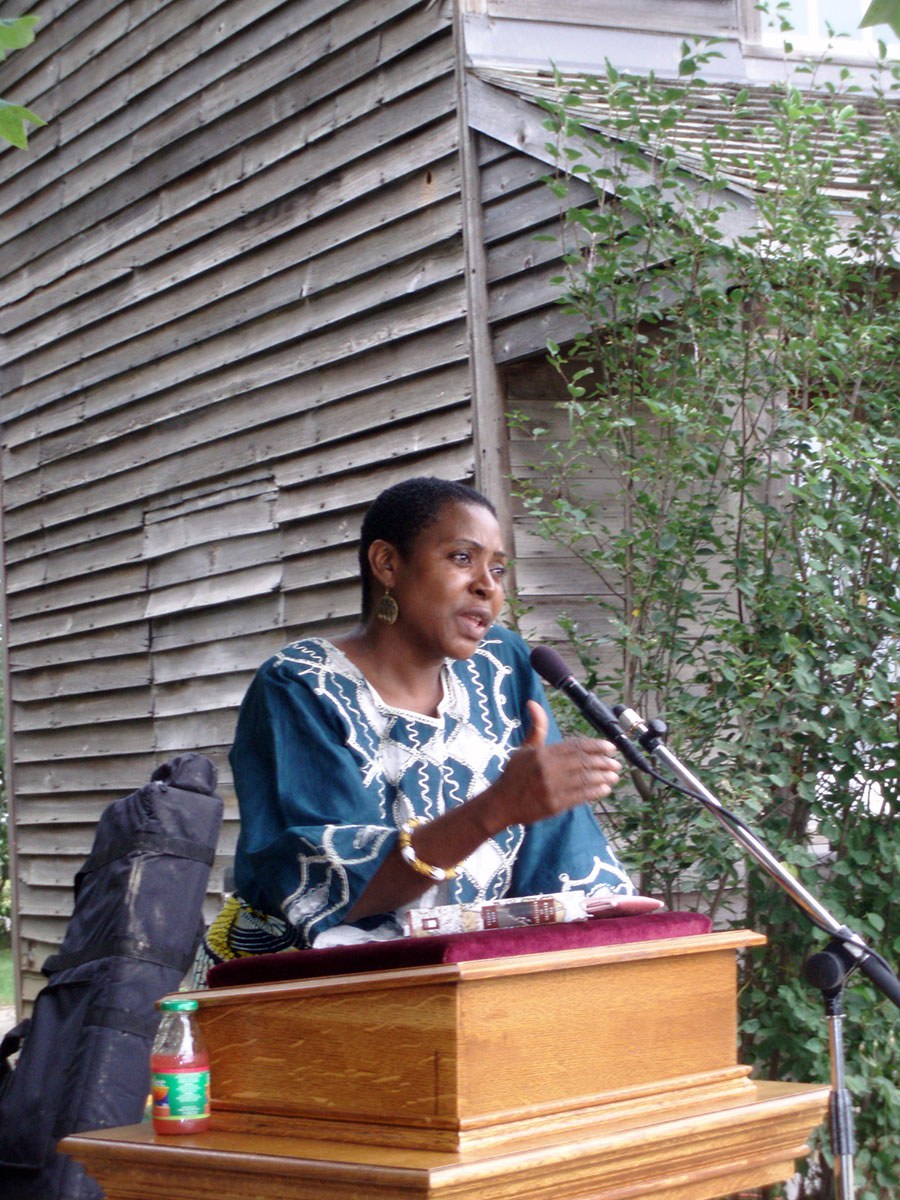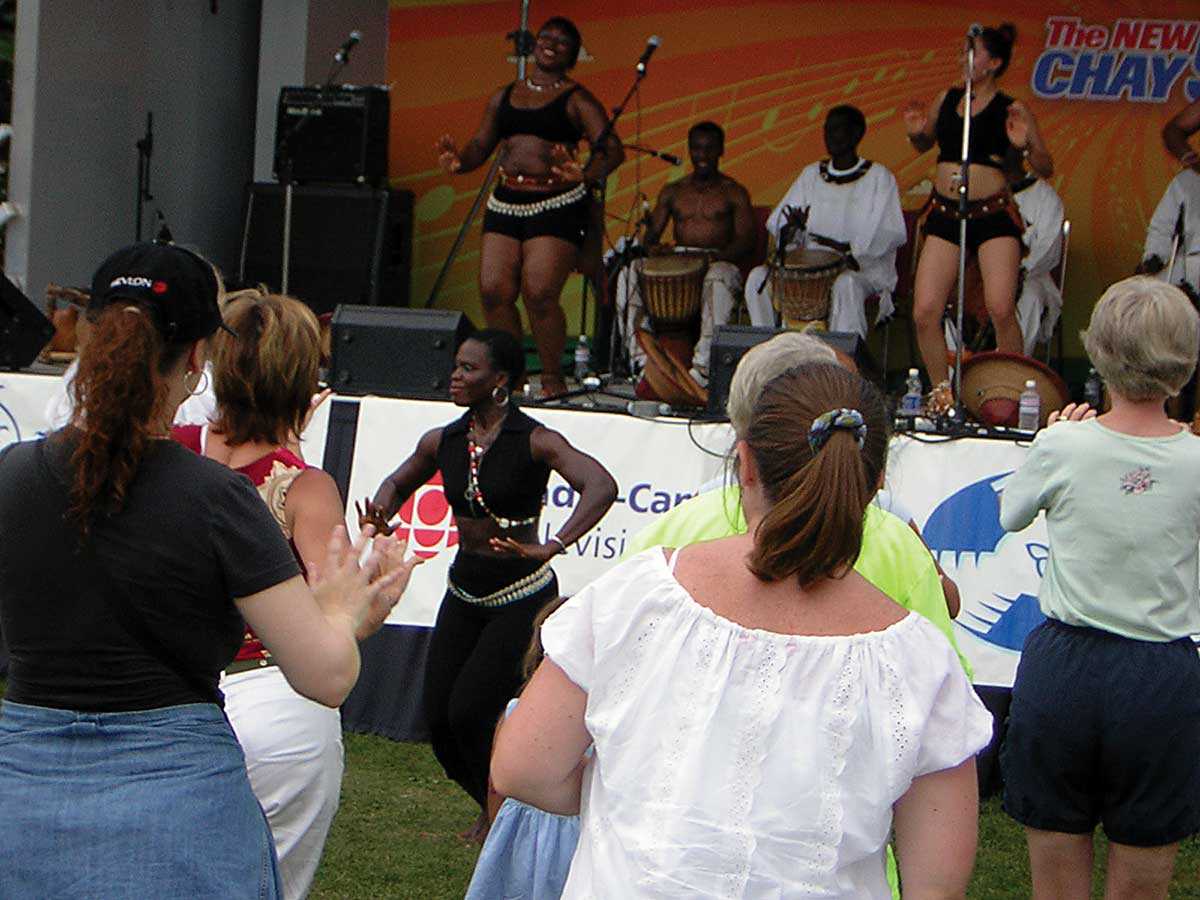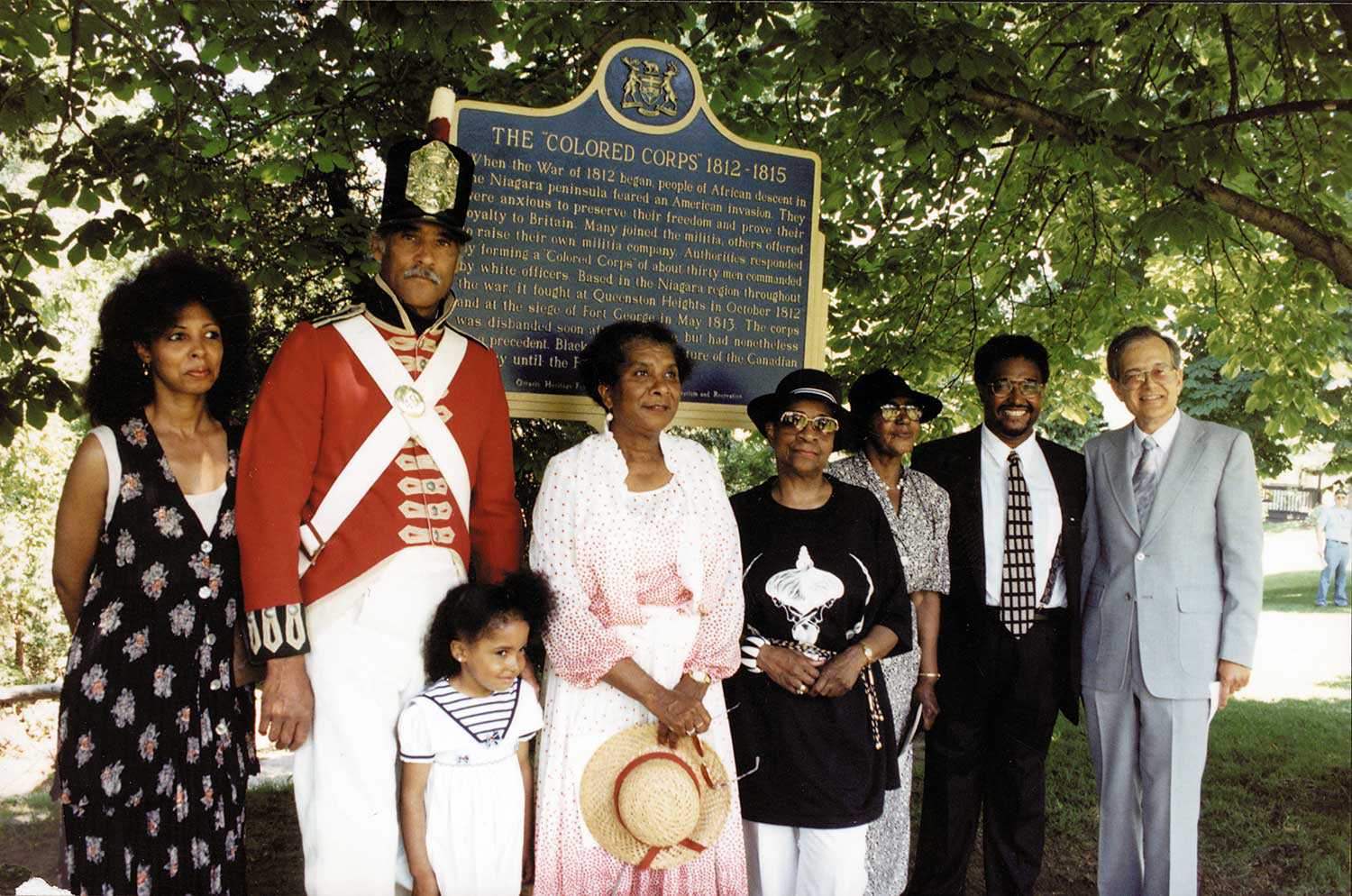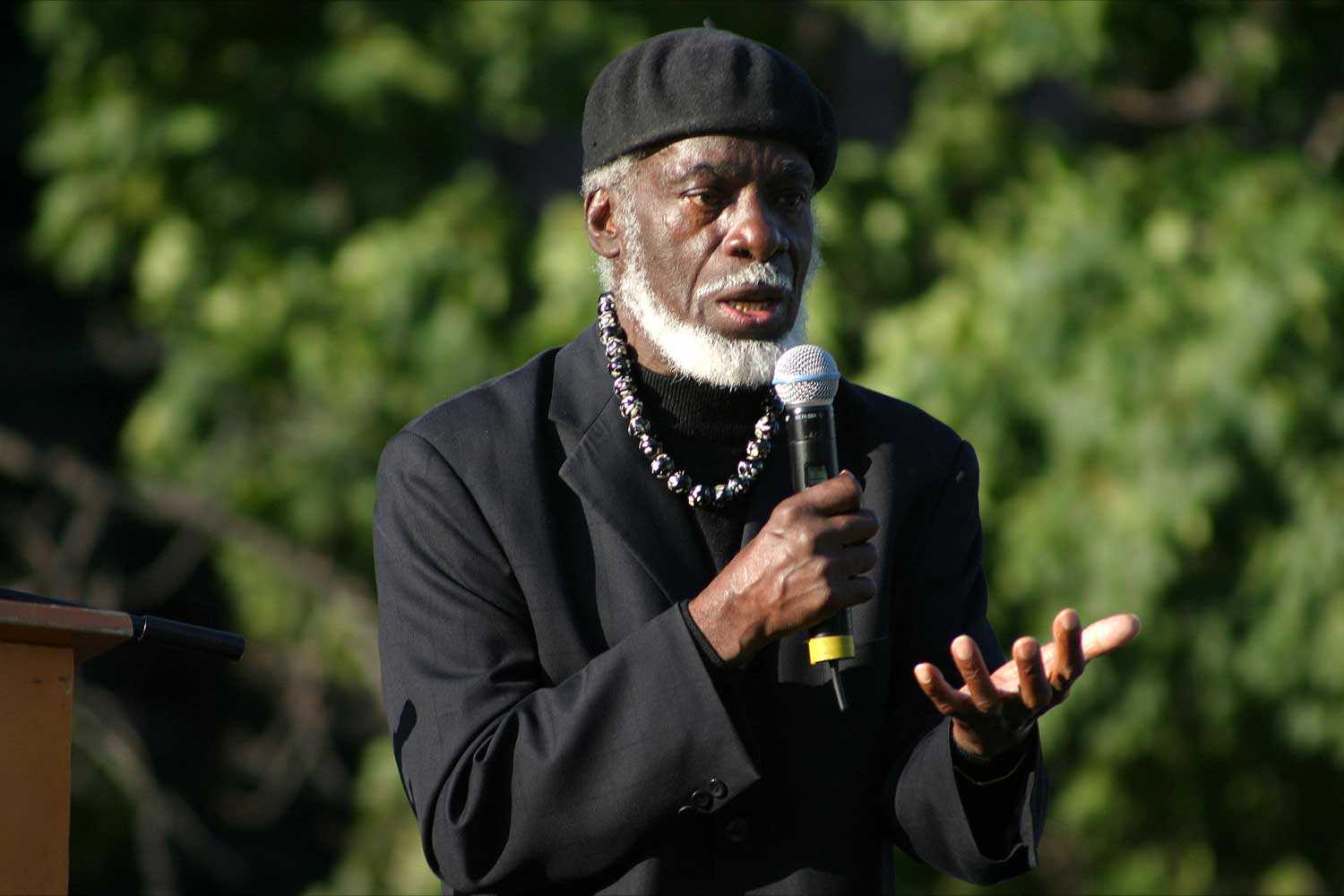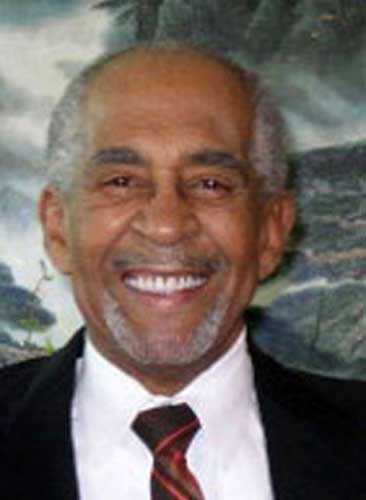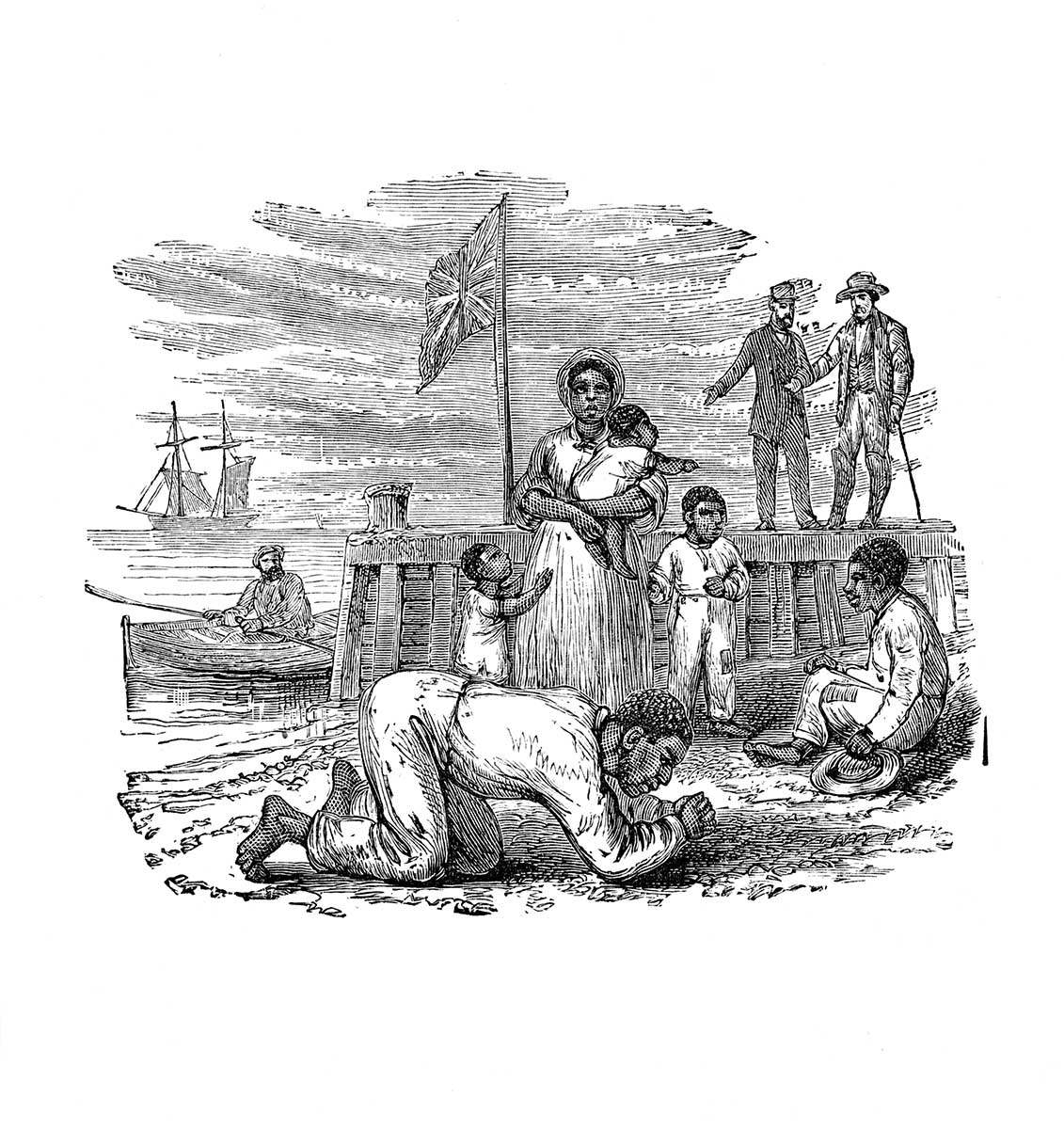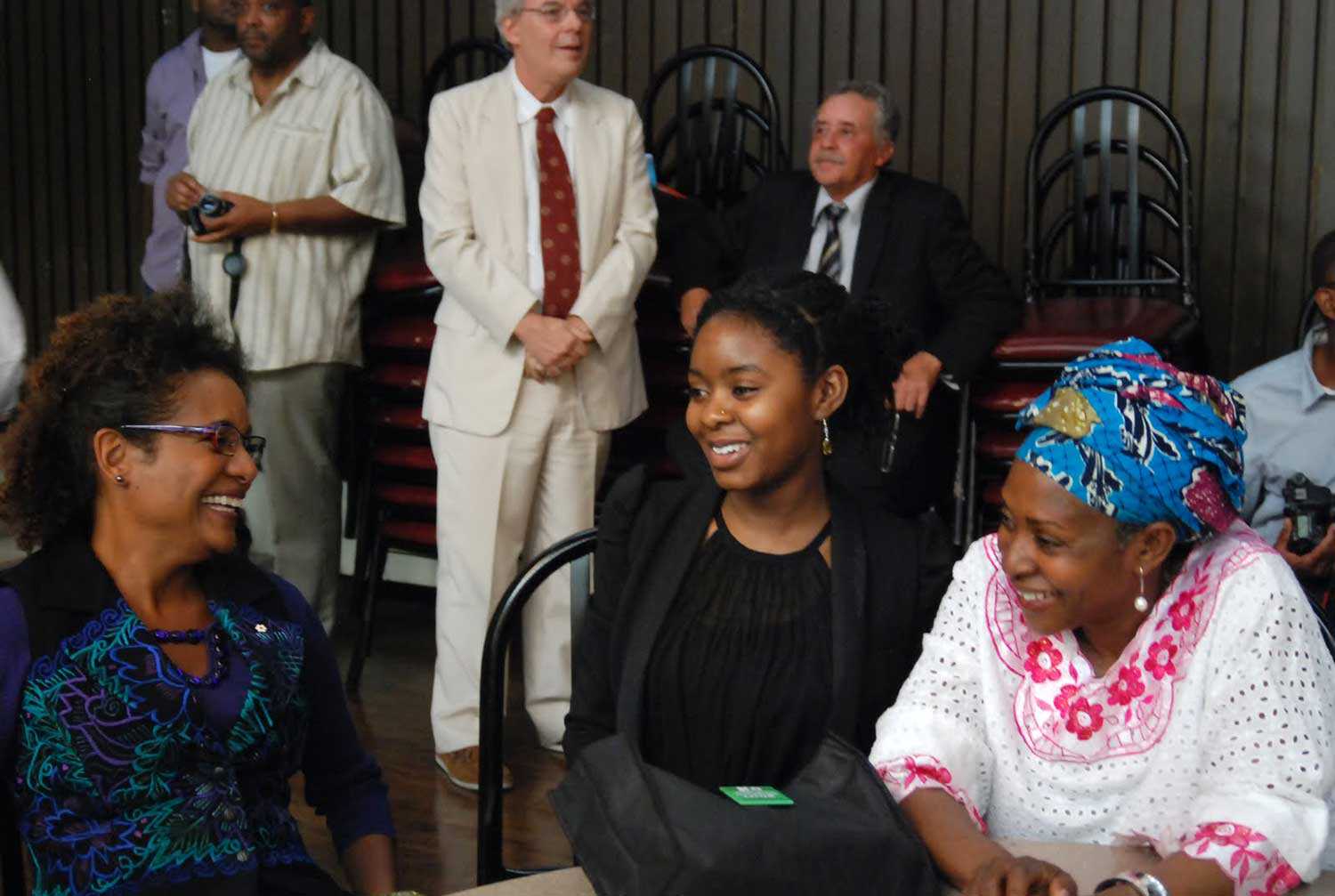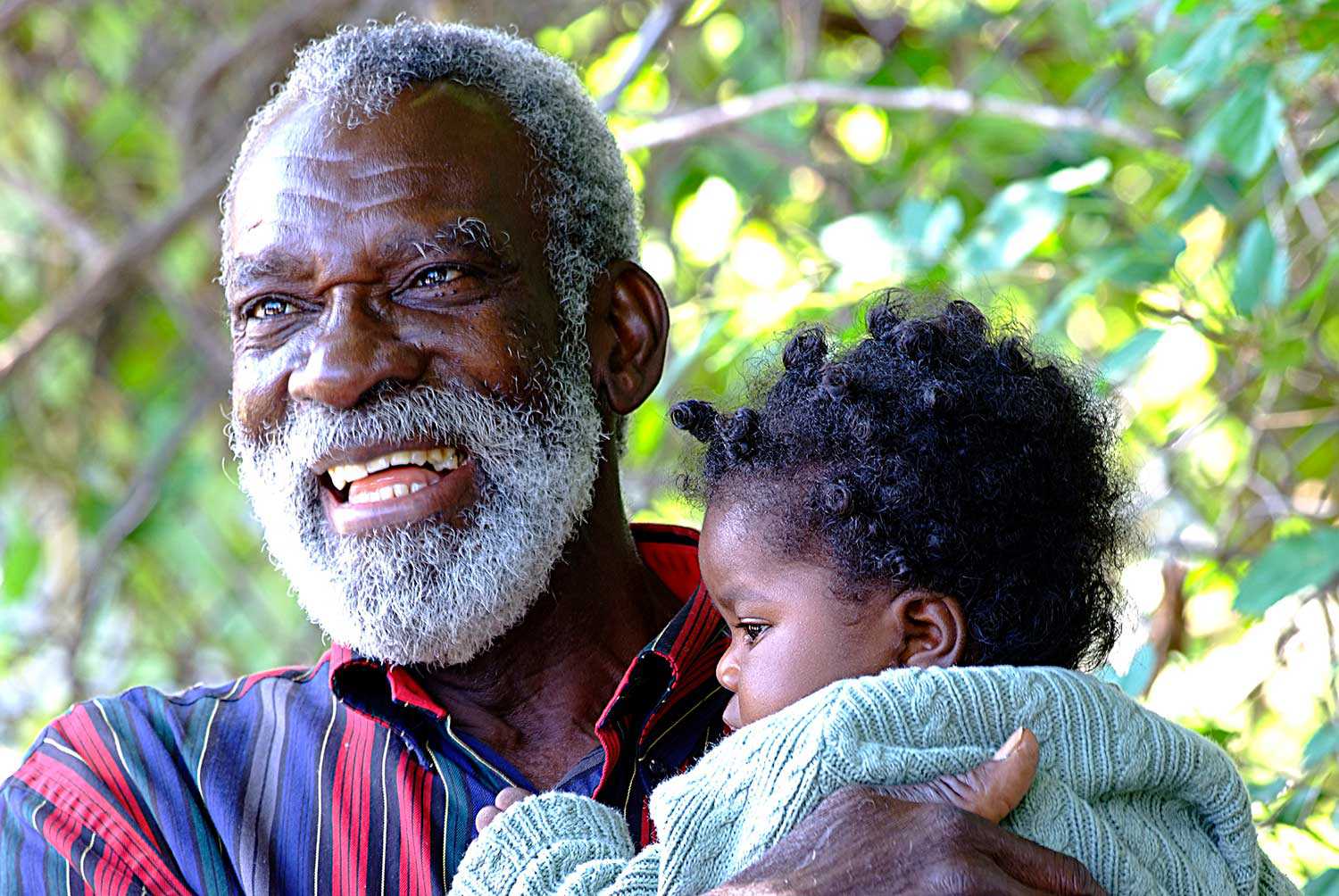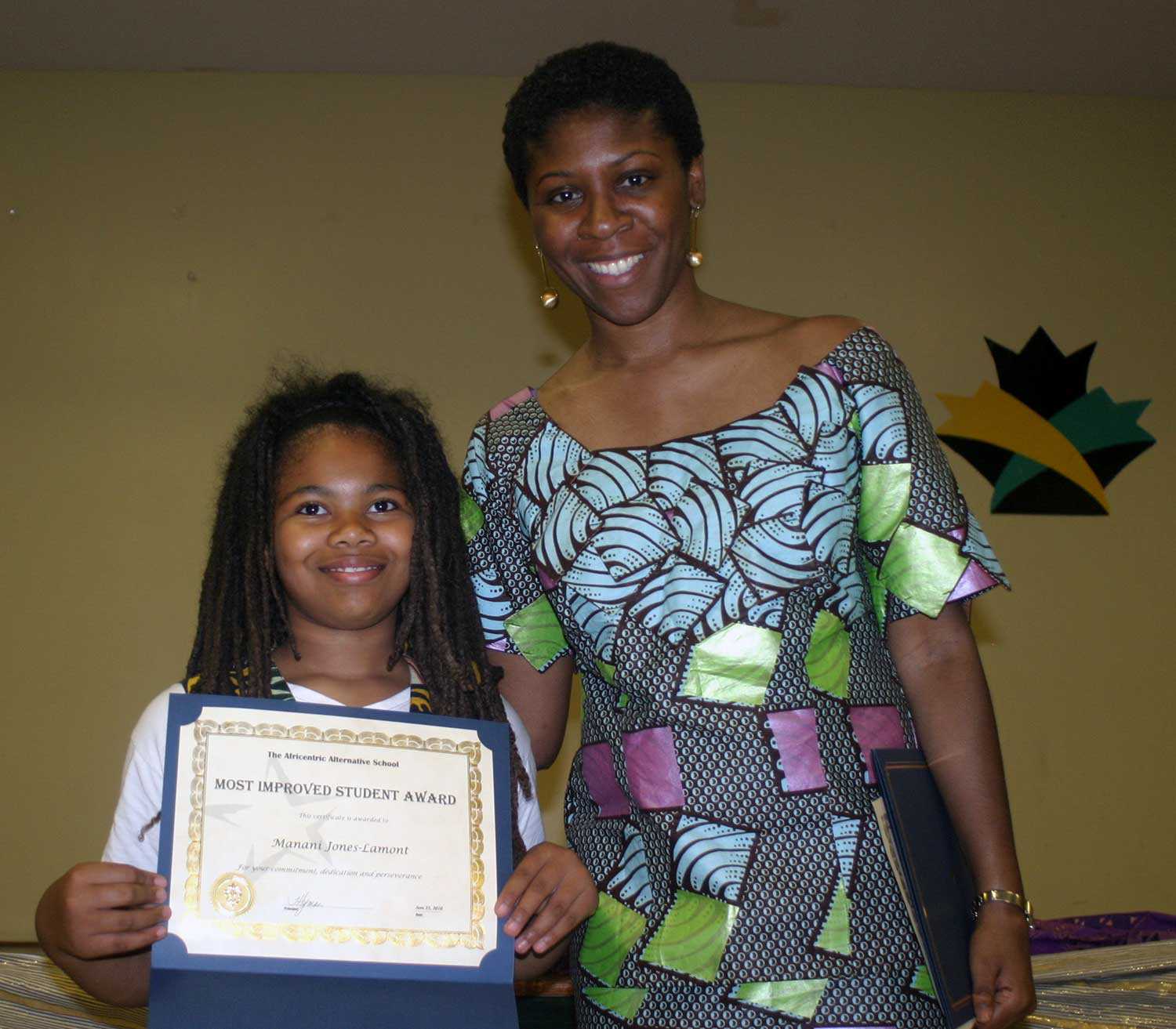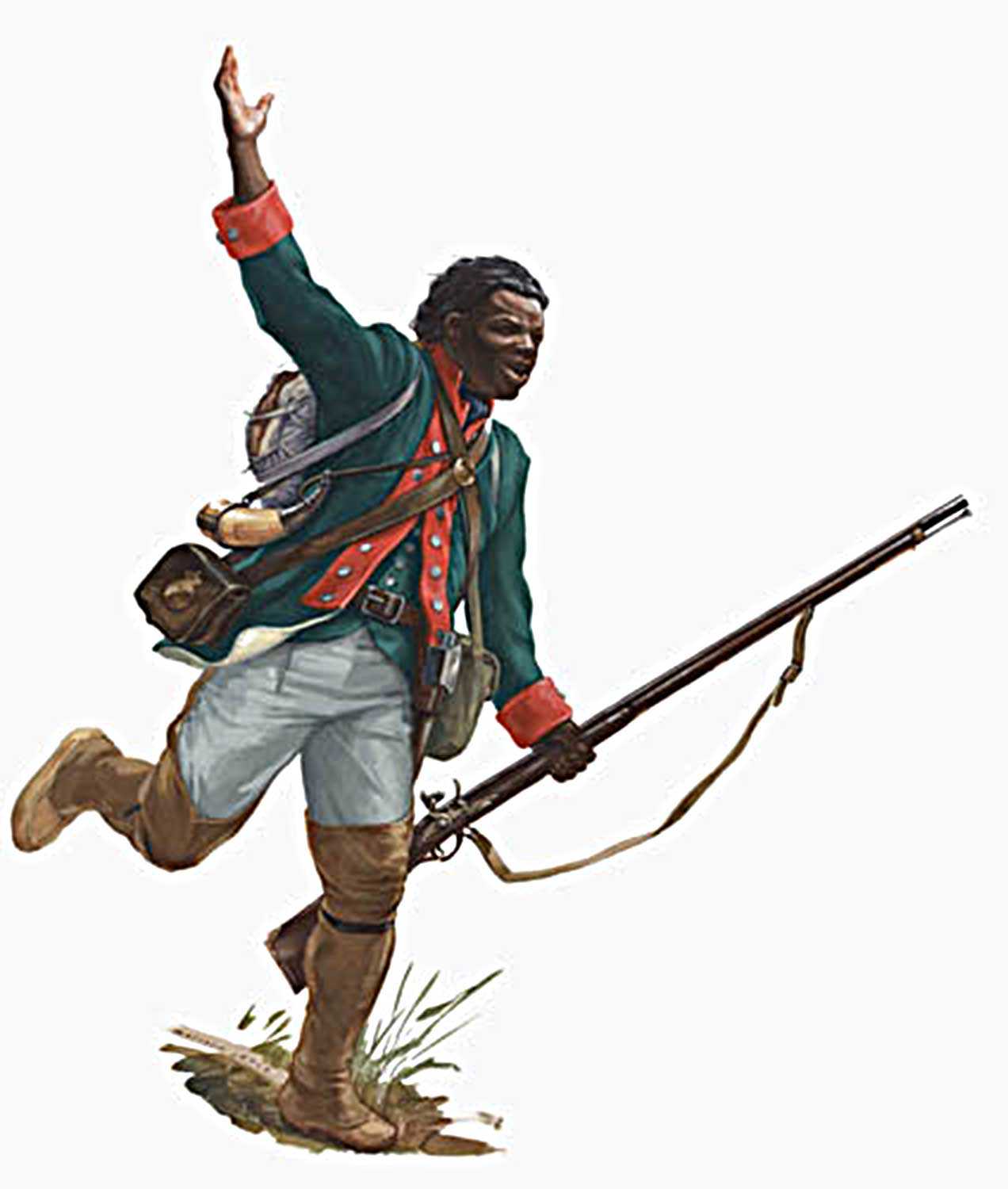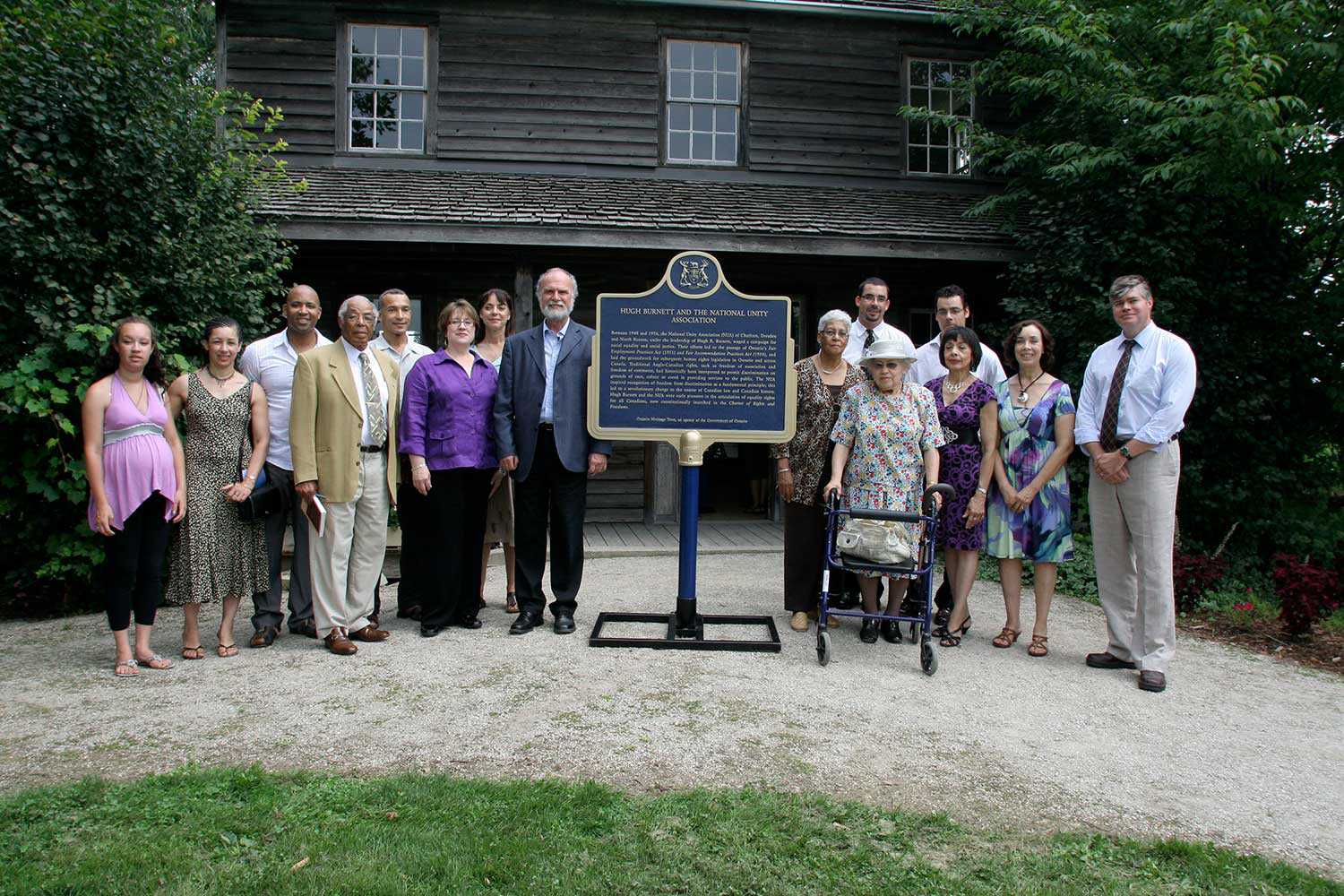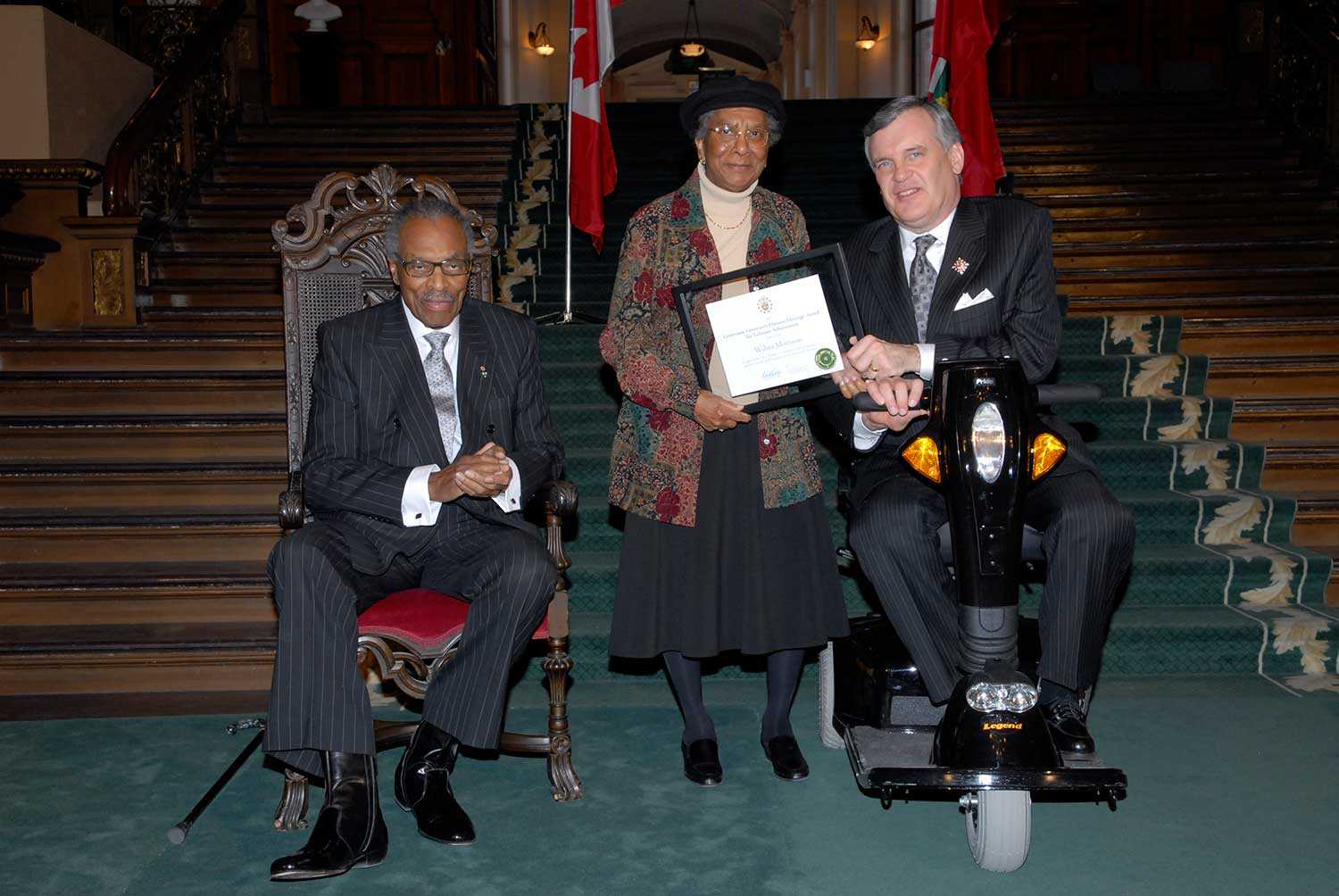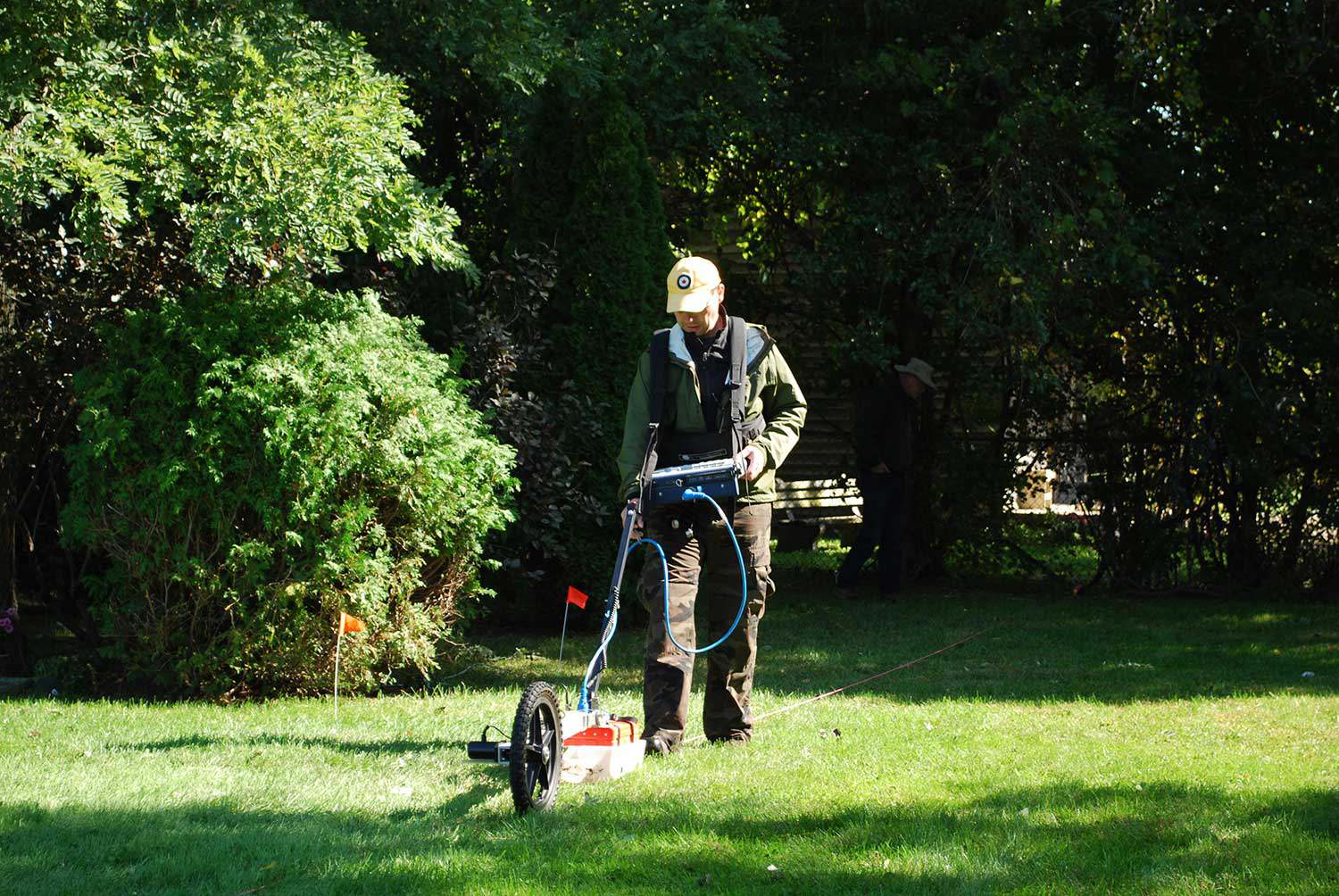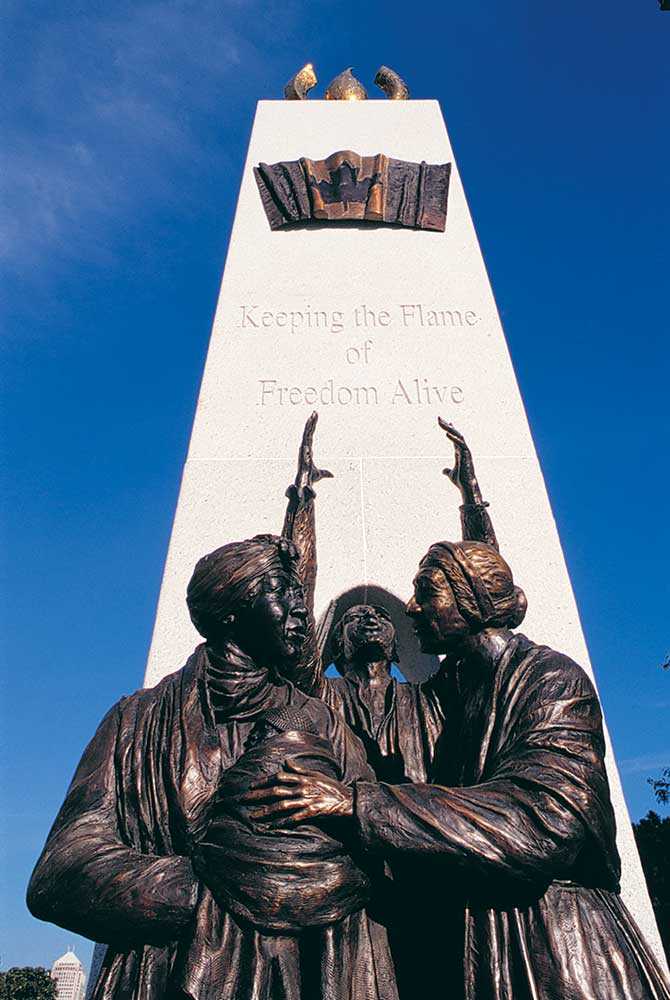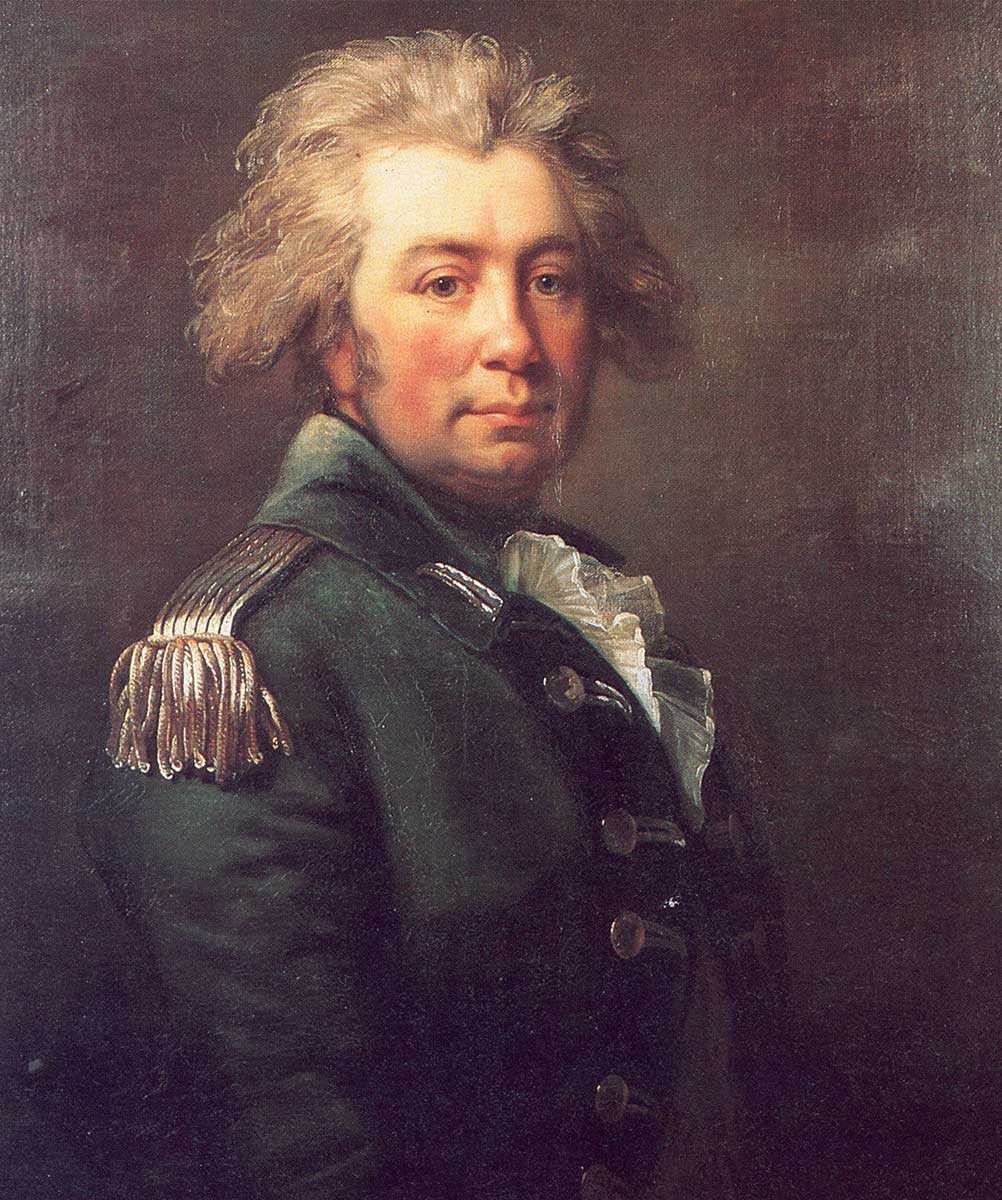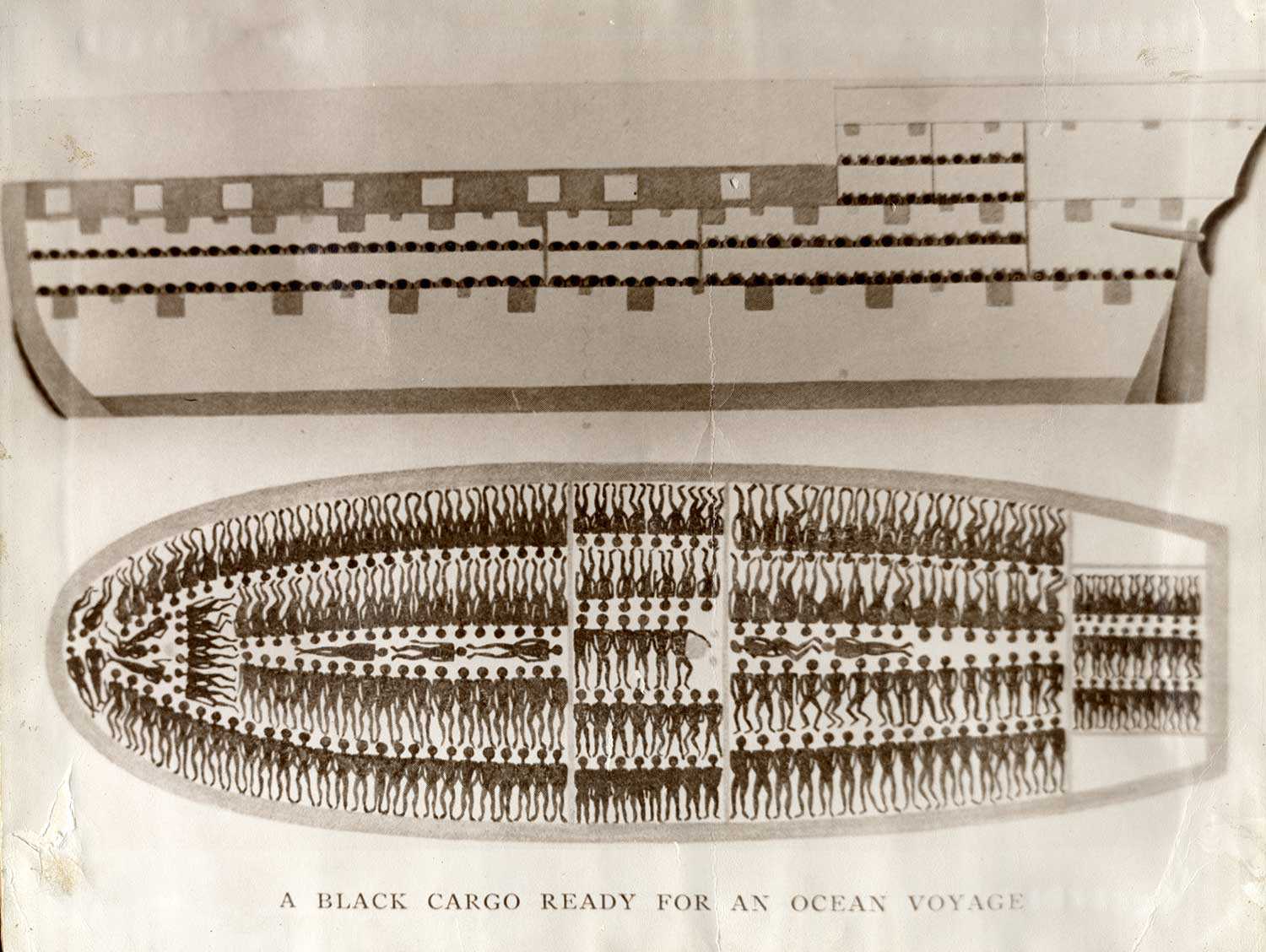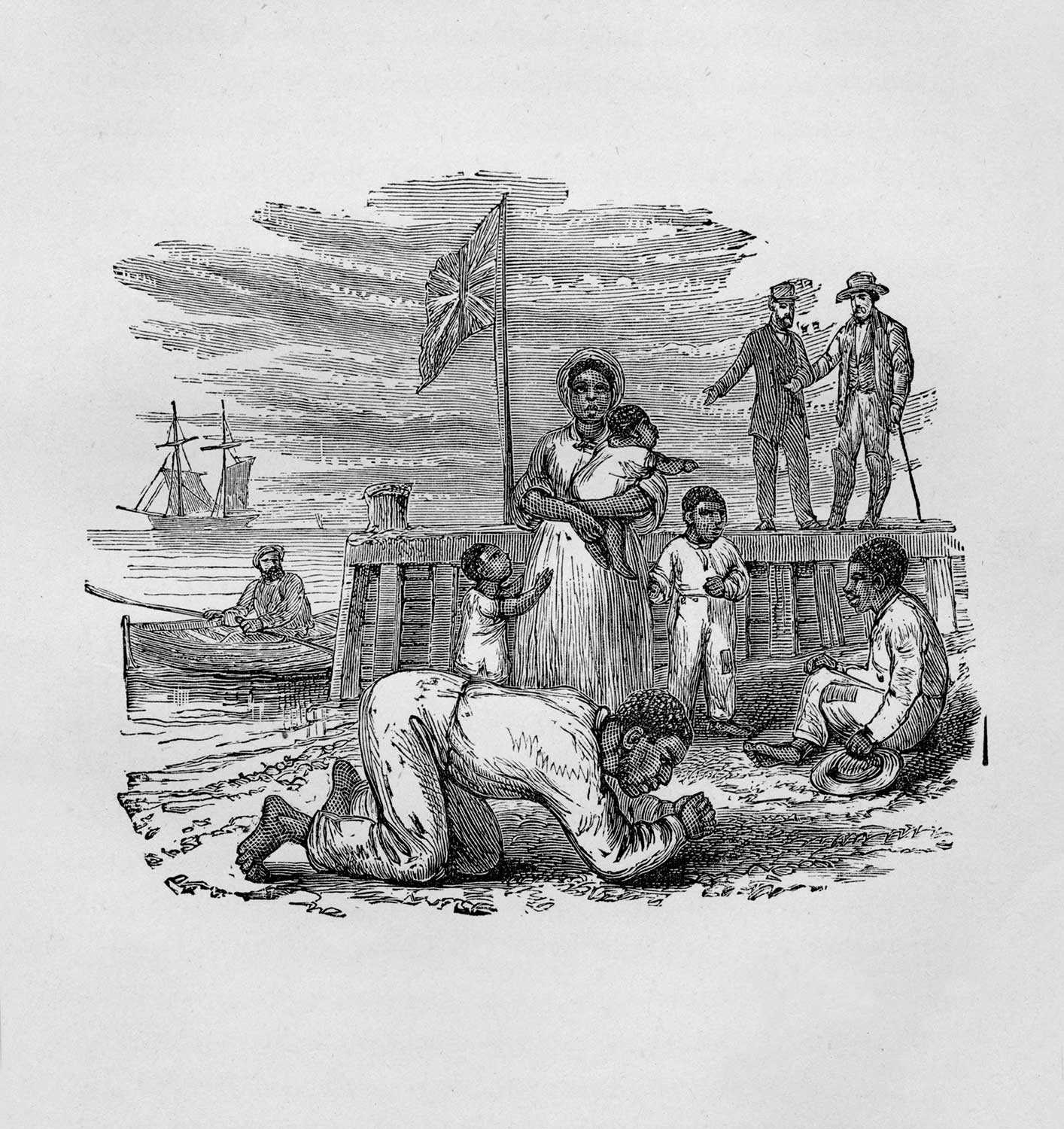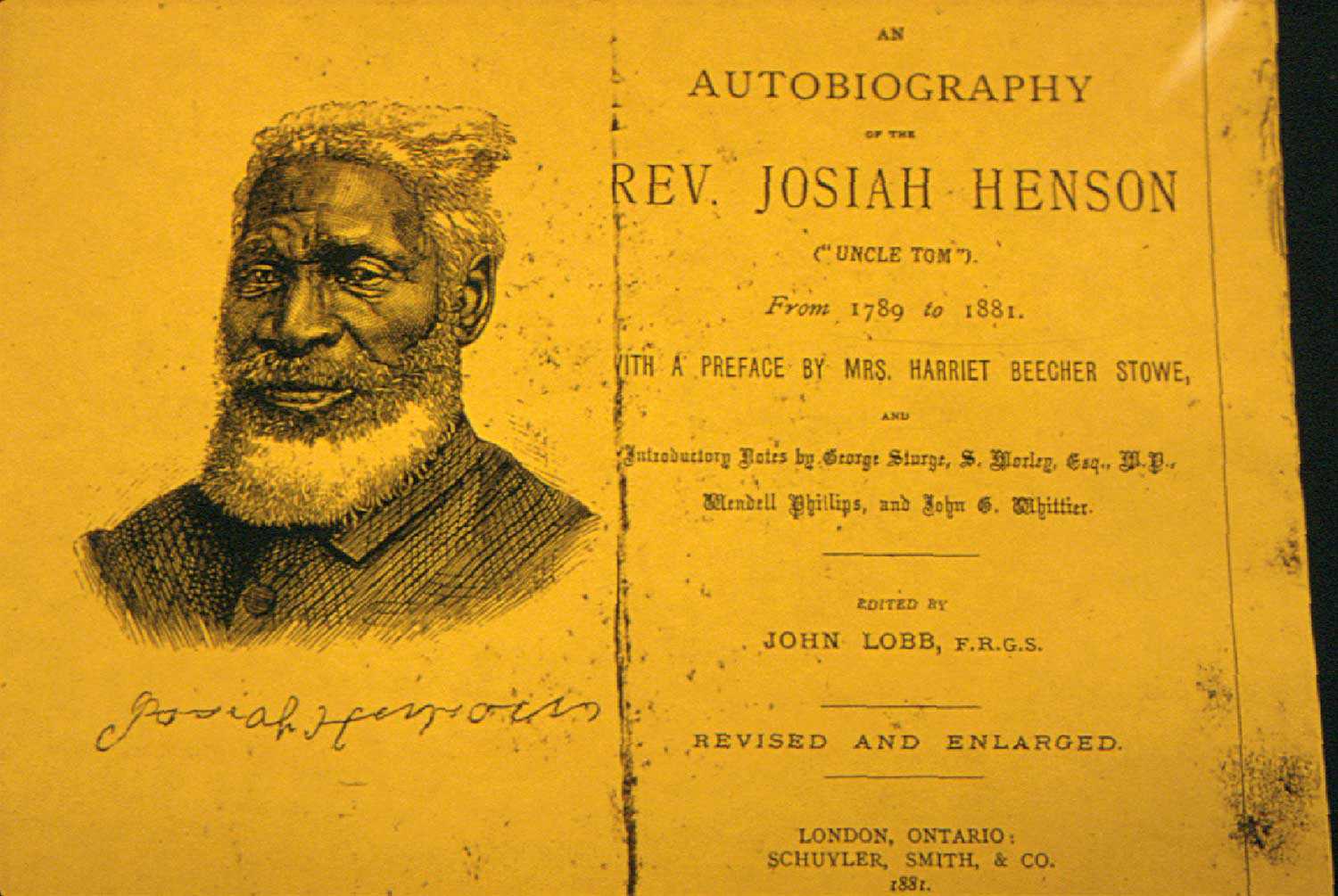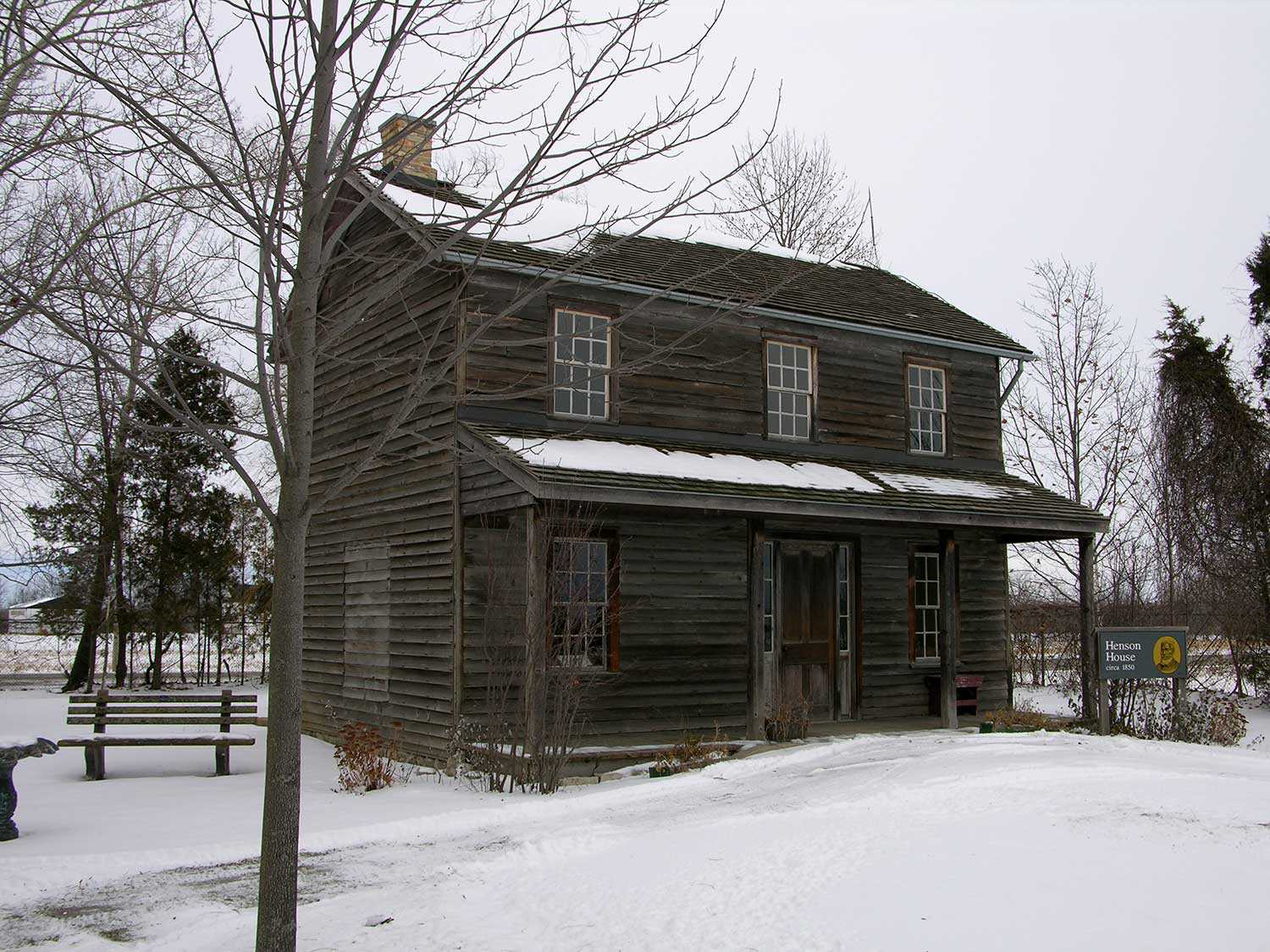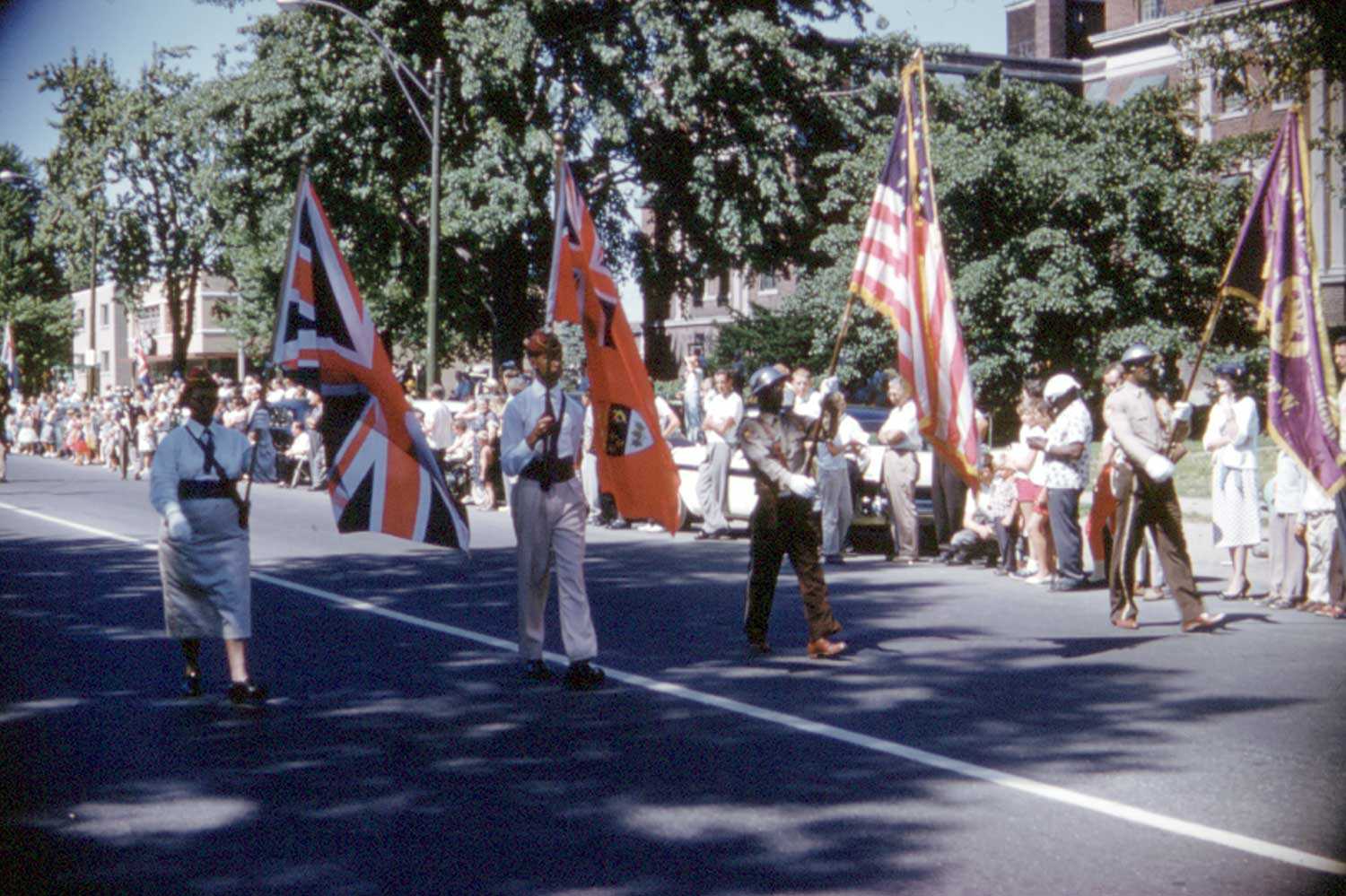

Browse by category
- Adaptive reuse
- Archaeology
- Arts and creativity
- Black heritage
- Buildings and architecture
- Communication
- Community
- Cultural landscapes
- Cultural objects
- Design
- Economics of heritage
- Environment
- Expanding the narrative
- Food
- Francophone heritage
- Indigenous heritage
- Intangible heritage
- Medical heritage
- Military heritage
- MyOntario
- Natural heritage
- Sport heritage
- Tools for conservation
- Women's heritage
To be dignified, stylish and Black in the 19th century was to defy expectations
In summer 2018, the Black Artists’ Networks Dialogue Gallery and Cultural Centre (BAND) presented Redefining Black Identity, an exhibit that featured 19th-century Black portraiture. The exhibit explored Ontario’s free Black populations and their tradition of Black self-fashioning.
While slavery in Canada and in the United States had formally ended, public opinion continued to view Blackness and Black identities as uncivilized and inferior. Portraiture was a way for free Blacks to challenge this false narrative about themselves. This was not an act of simply playing dress-up, but rather an exercise in self-determination. Black sitters intentionally fashioned themselves in their finest dresses and suits to proclaim proudly their respectability in the post-slavery era. The ability for Blacks to groom, primp and present themselves was a means of resisting dominant ways of understanding Blackness – and they did so in style.
Far too often, Black history in Canada is compacted into a 28-day sprint [in February] where the individuality and complexity of past and present Black communities is flattened. More troubling, narratives often exclude Canada’s history of enslavement and the enslaved persons that lived and worked here.
To insert complexity back into this exhibition’s narrative, work for the exhibition began with research in the Alvin D. McCurdy fonds held in public trust at the Archives of Ontario. McCurdy (1916-89) was a well-respected community leader and collector of Black historical materials. Although the names of the photographers and sitters are largely unknown, the photographs provide insight into the myriad ways that Black identities were historically expressed – namely through dress and personal style.
With so little understanding of the history of enslaved and free Blacks in Canada, it is easy to conjure up images of Blacks wearing torn, ill-fitting, sweat-stained clothing. The figures in Redefining Black Identity aimed to nuance this generalization. Situated on the BAND exterior fence, passersby of the exhibit were confronted with a cohort of impeccably dressed individuals who defied 19th- as well as 21st-century expectations. Deepening public understanding and challenging the implicit biases about Blackness, however, were not the only objective of the exhibit.
In the short time that the exhibit was open to the public, the striking images prompted much dialogue. As curator, I’m fascinated by the spectrum of responses. By far, my favourite and most memorable response from a visitor was “How come we never see stuff like this?” I aimed to create an opportunity for people to see themselves represented, but also a way to link historical Black identities with contemporary life. I humbly take this response as a small indicator of success. This reaction to the exhibit speaks volumes not only about the ongoing need for diverse representation in Canadian arts and culture, but it also critically interrogates why some Canadian heritage institutions are slow to act.
Since the BAND Gallery and Cultural Centre acquired its first permanent home and gallery space in Toronto’s Parkdale neighbourhood last spring, it has increased its ability to lead and facilitate these kinds of conversations. It works independently and collaboratively with other organizations and partners engaged in this work to provide corrections and to fill gaps in otherwise porous narratives. Redefining Black Identity helped to continue this tradition.
Both inside and out, BAND remains a dedicated space where established and emerging cultural workers share, listen to and envision new stories the only way we know how – with some style.

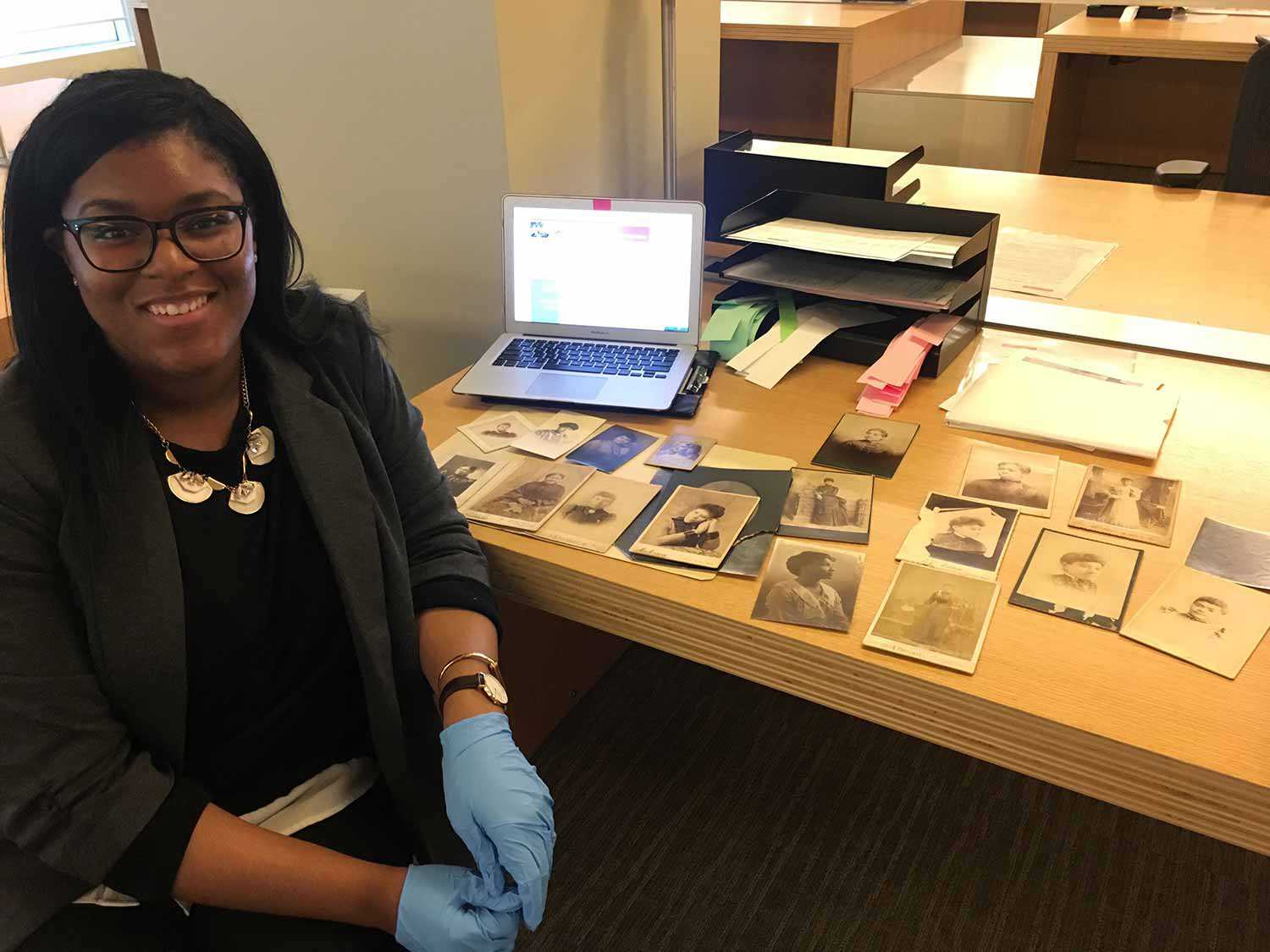
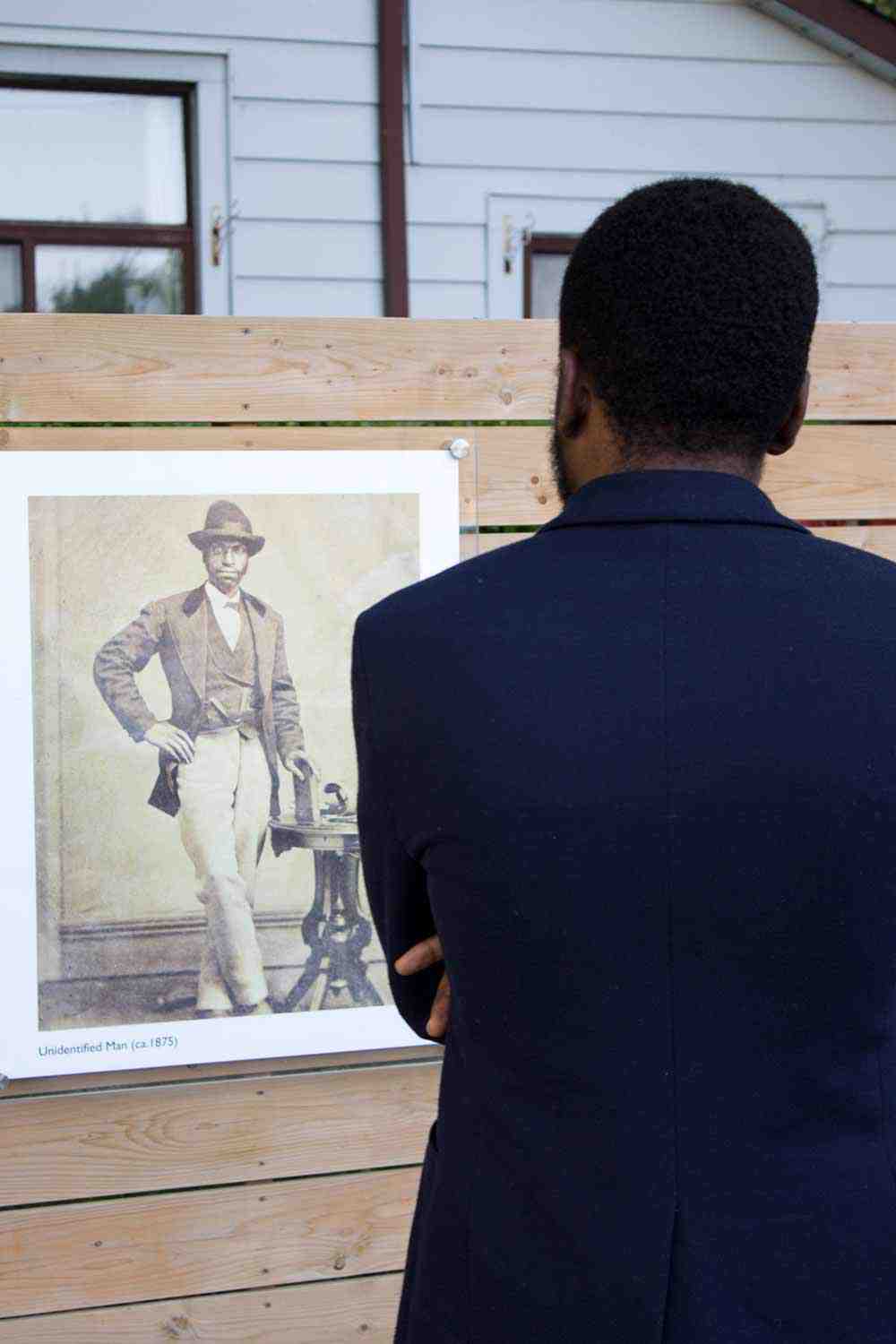
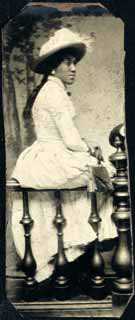
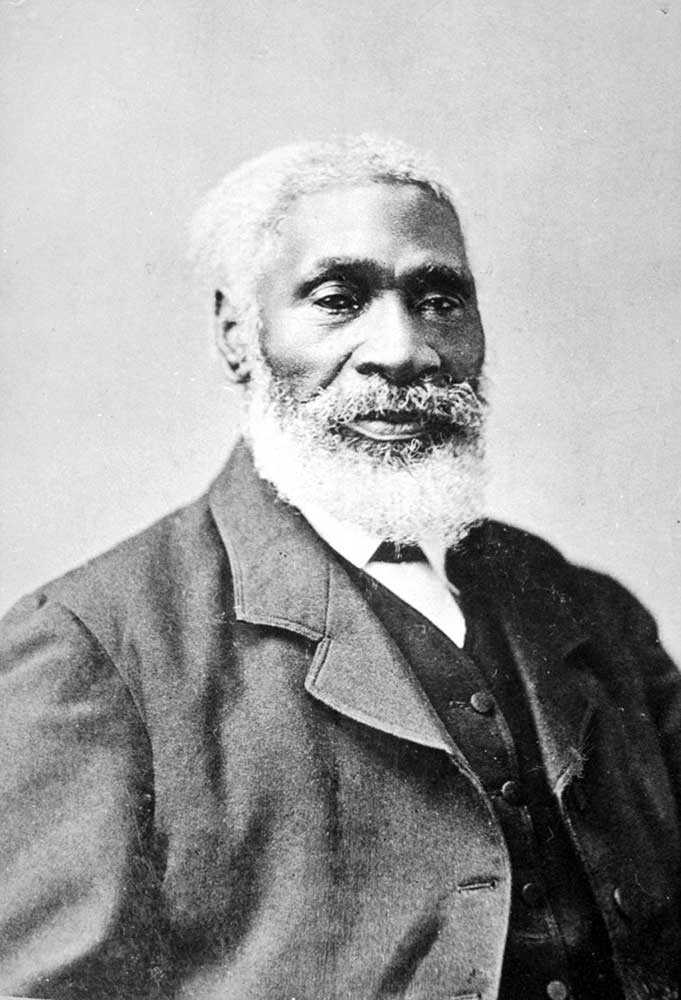
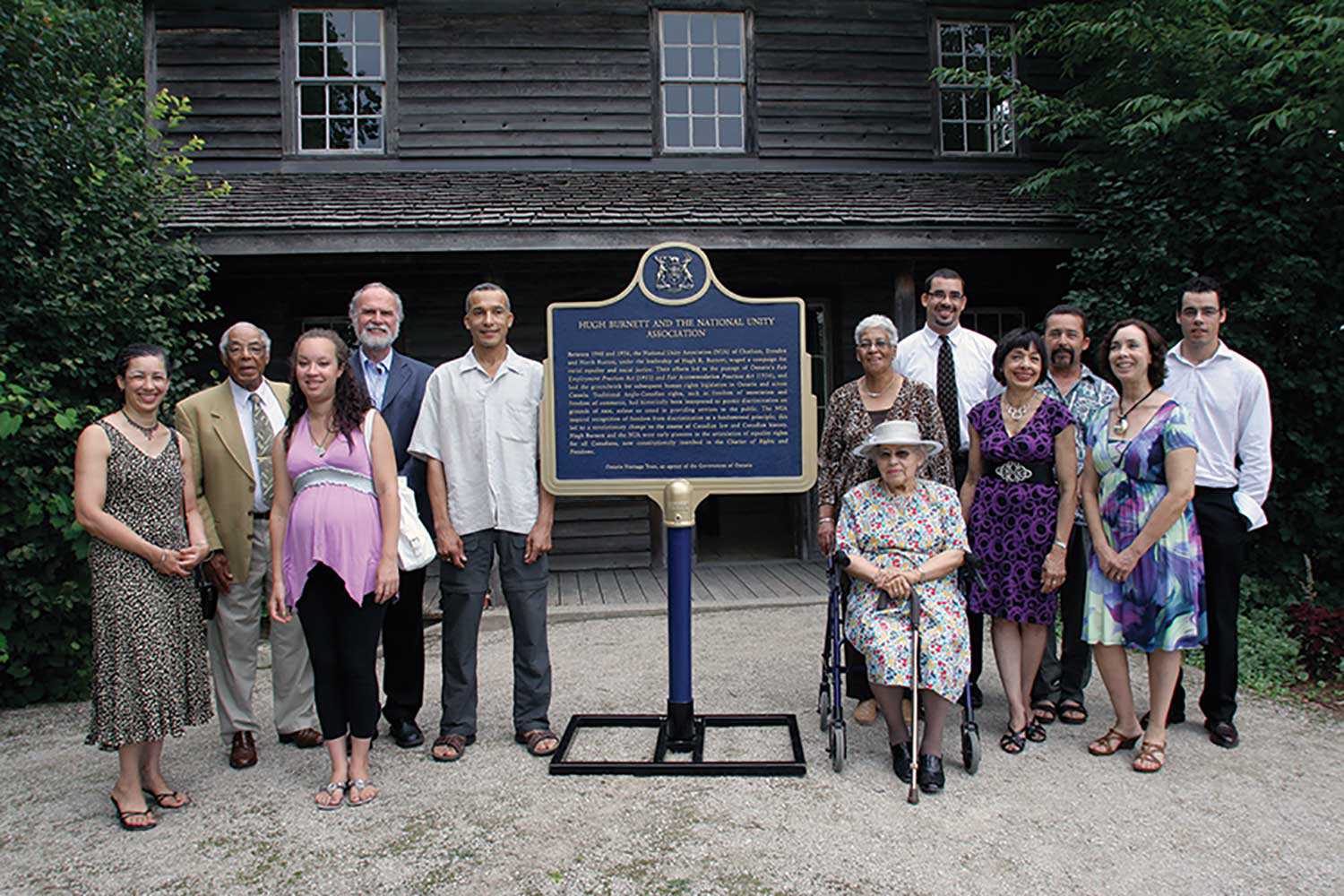
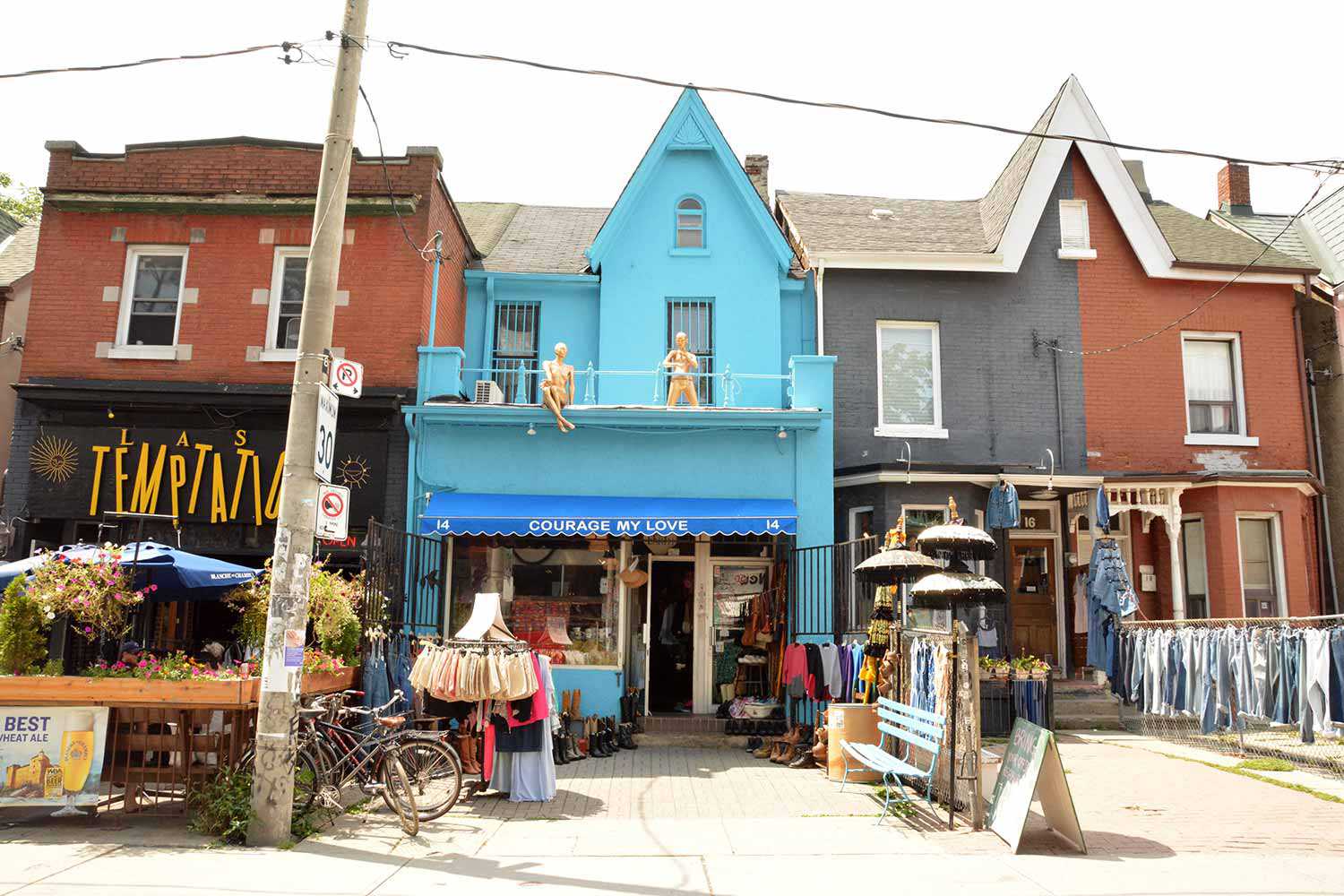
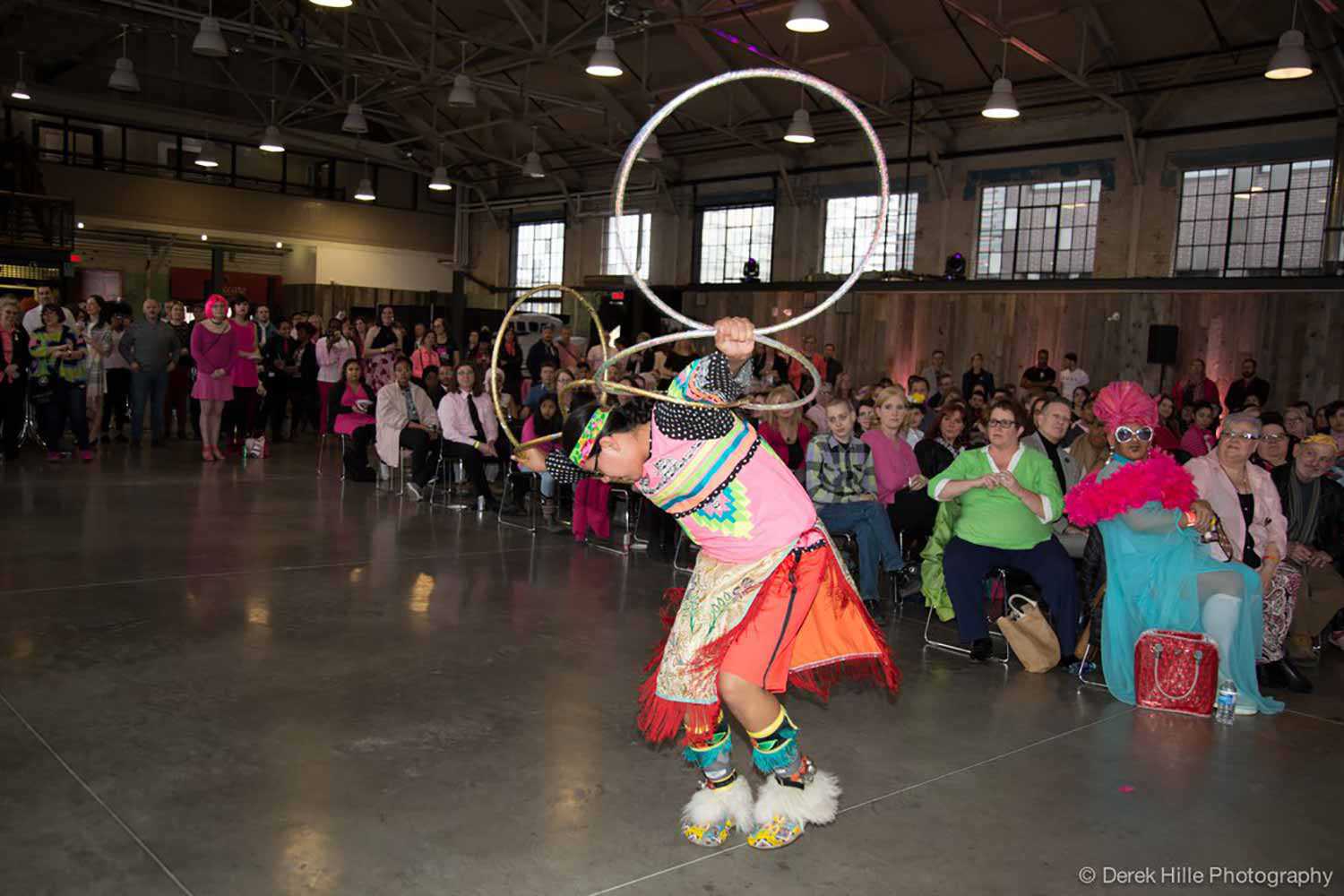
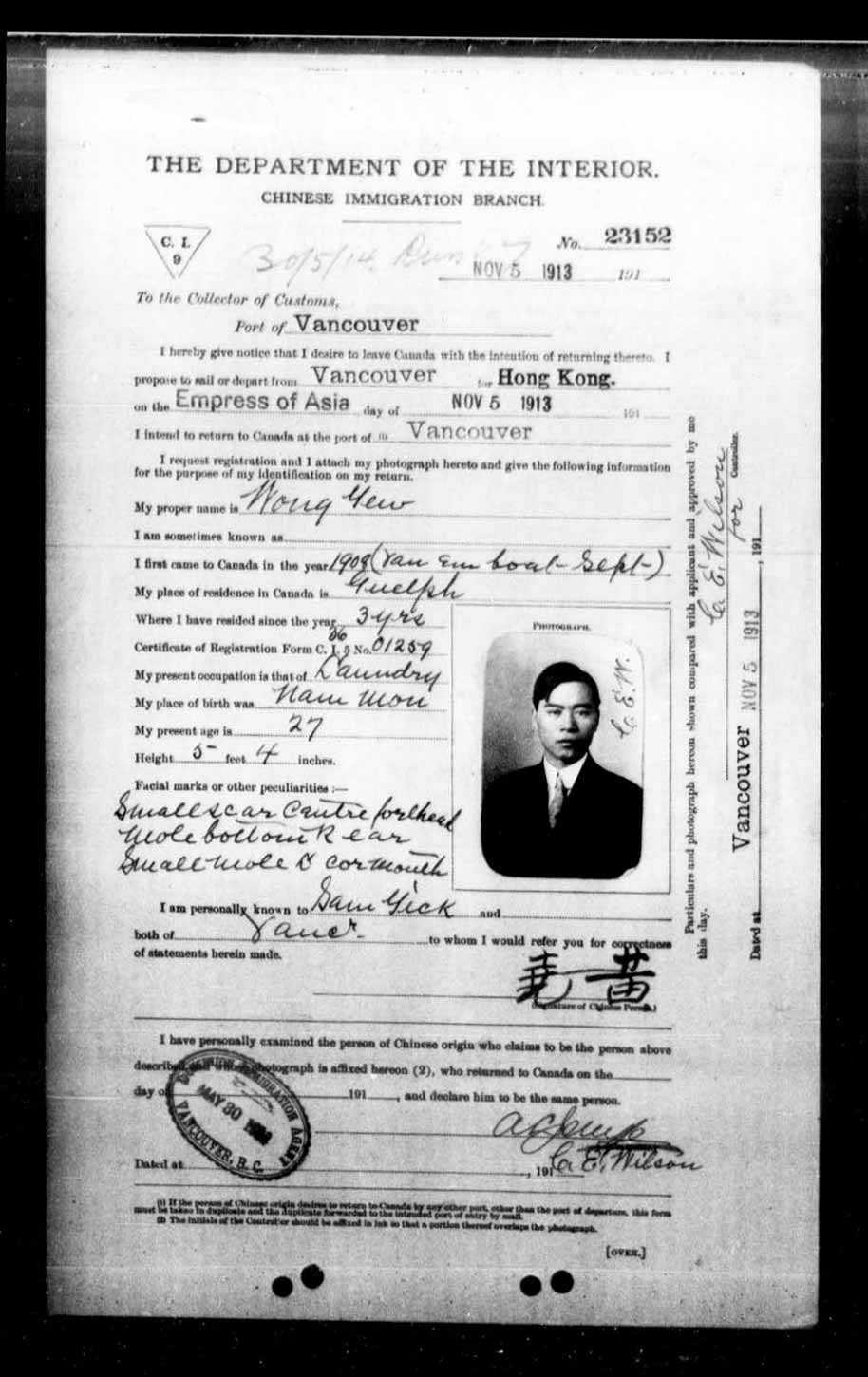
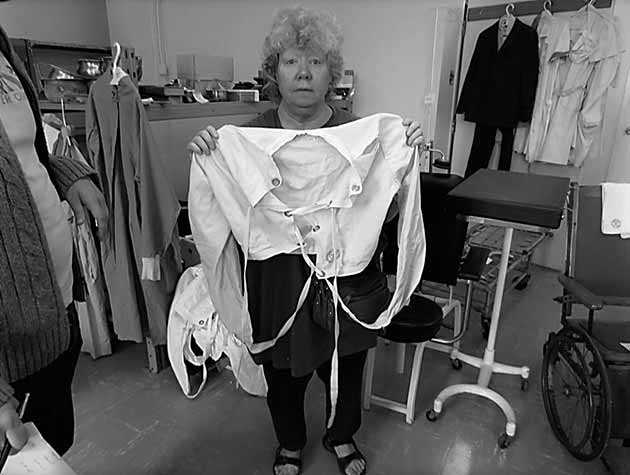
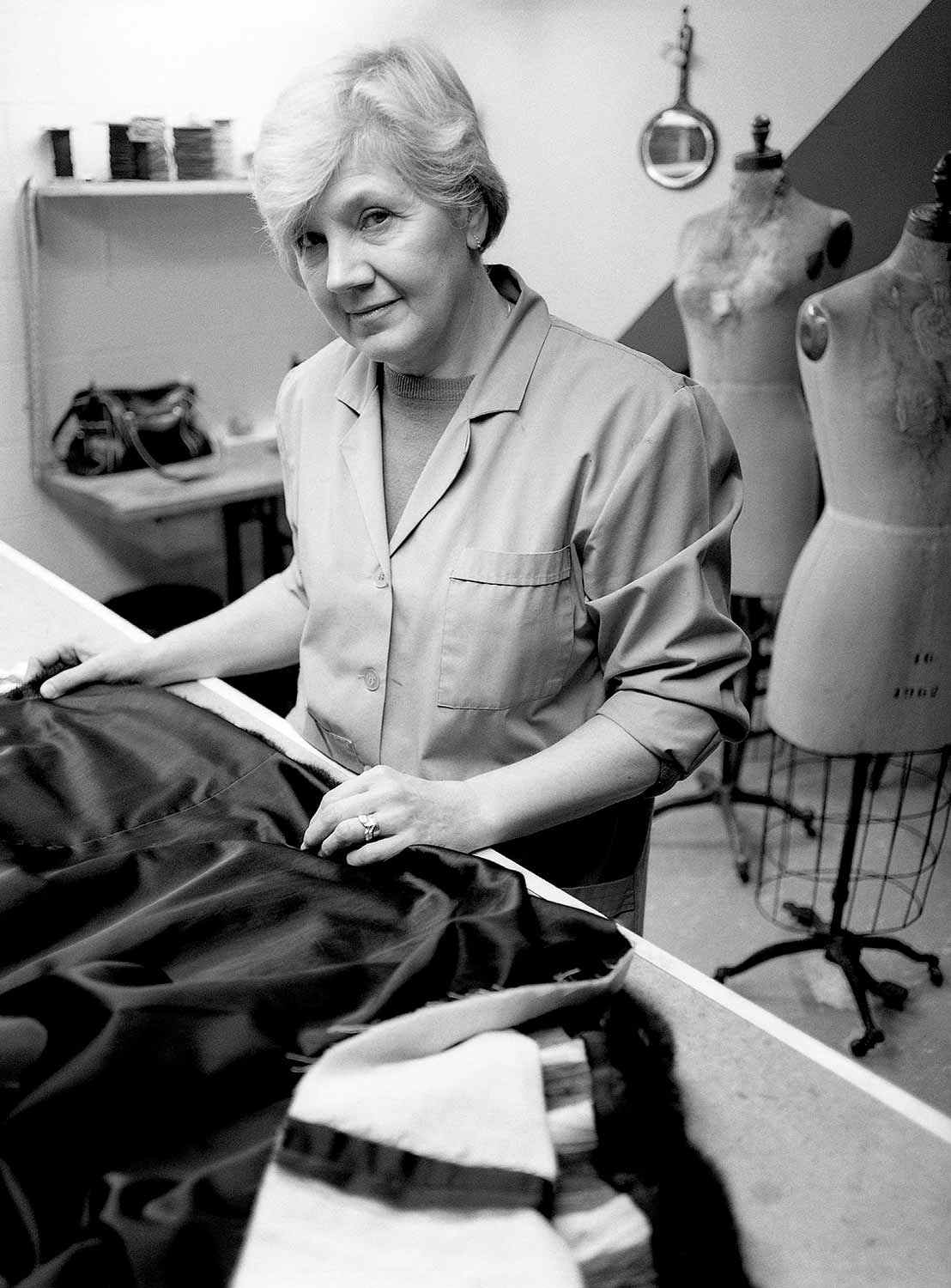
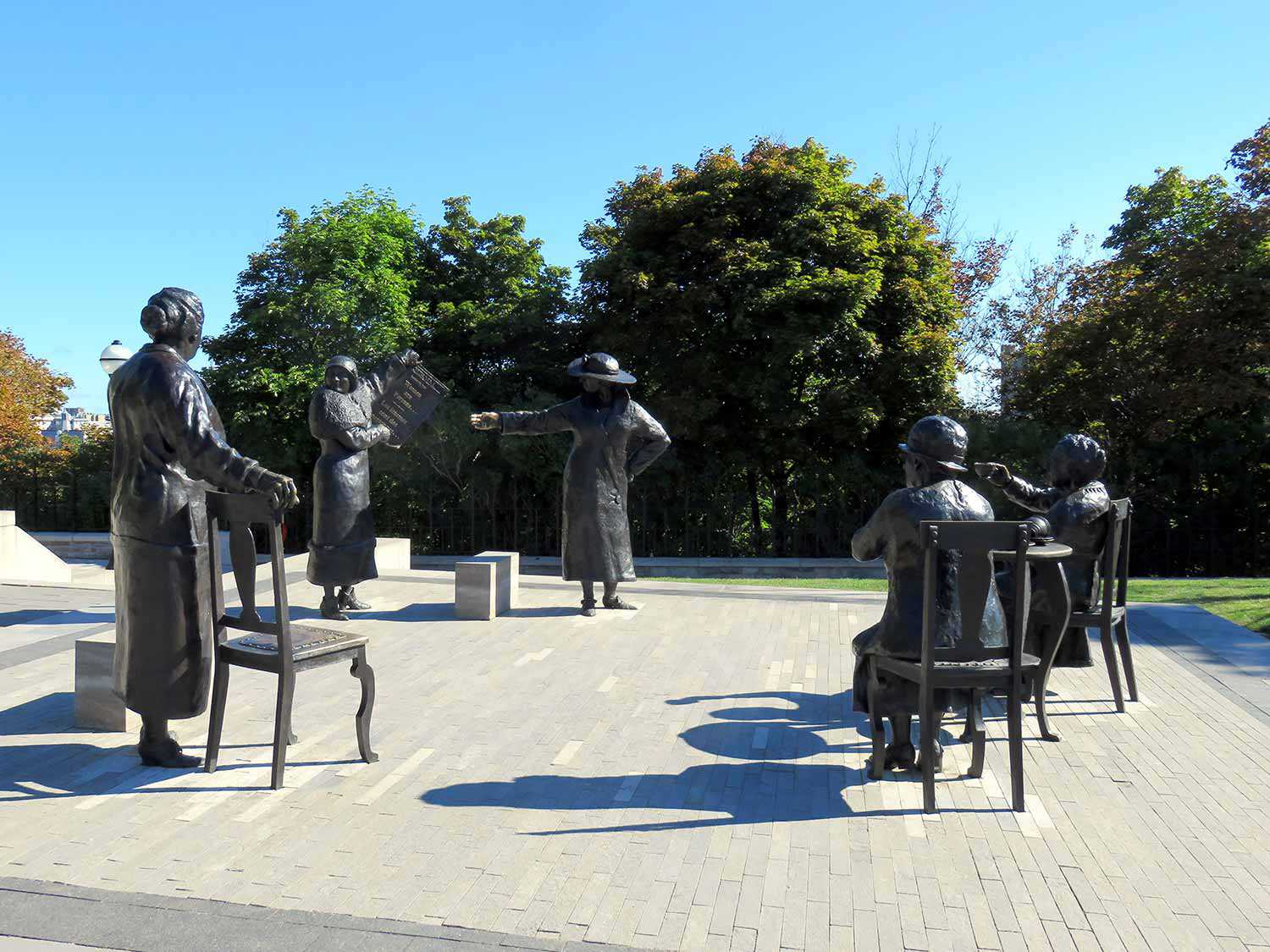

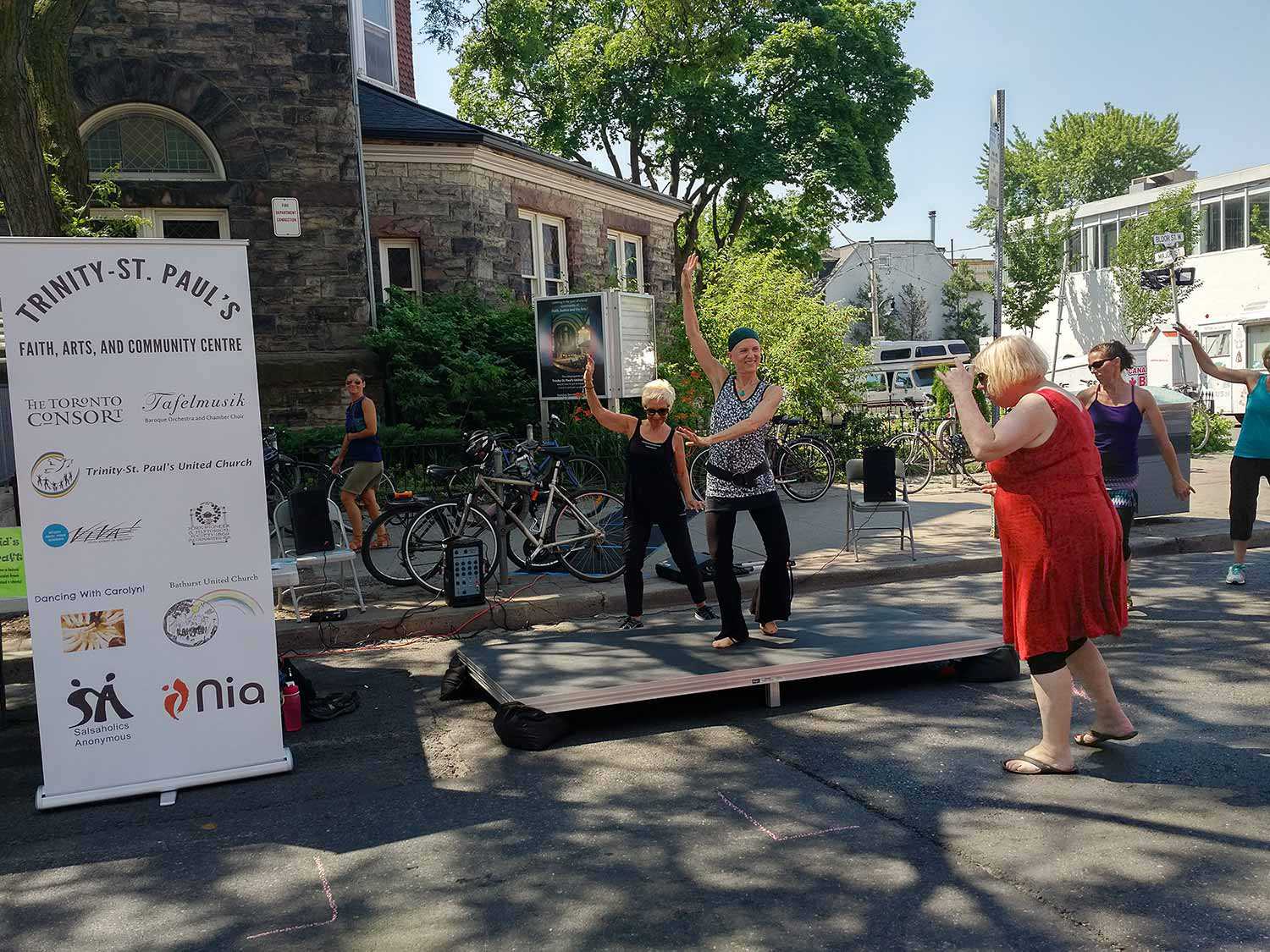

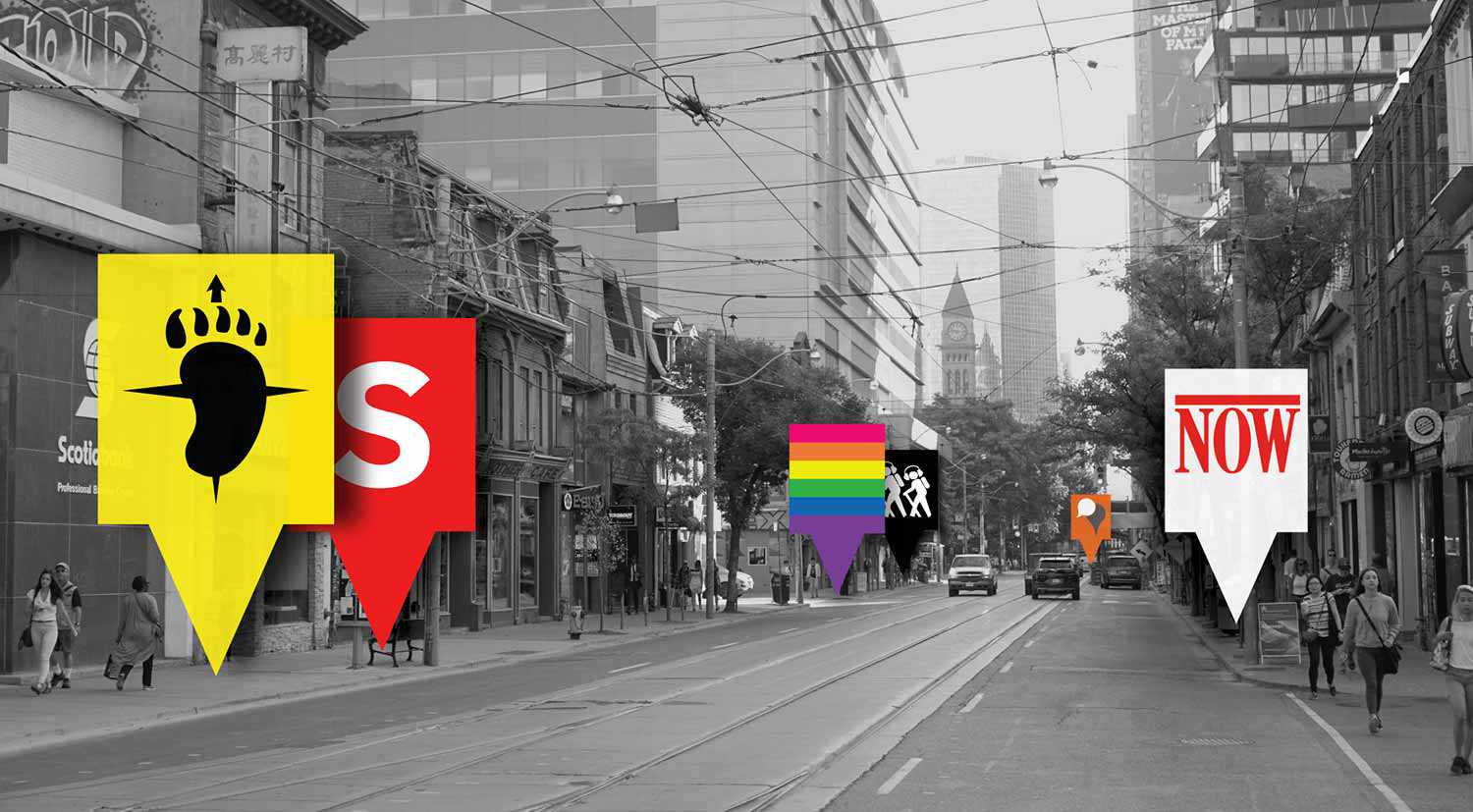
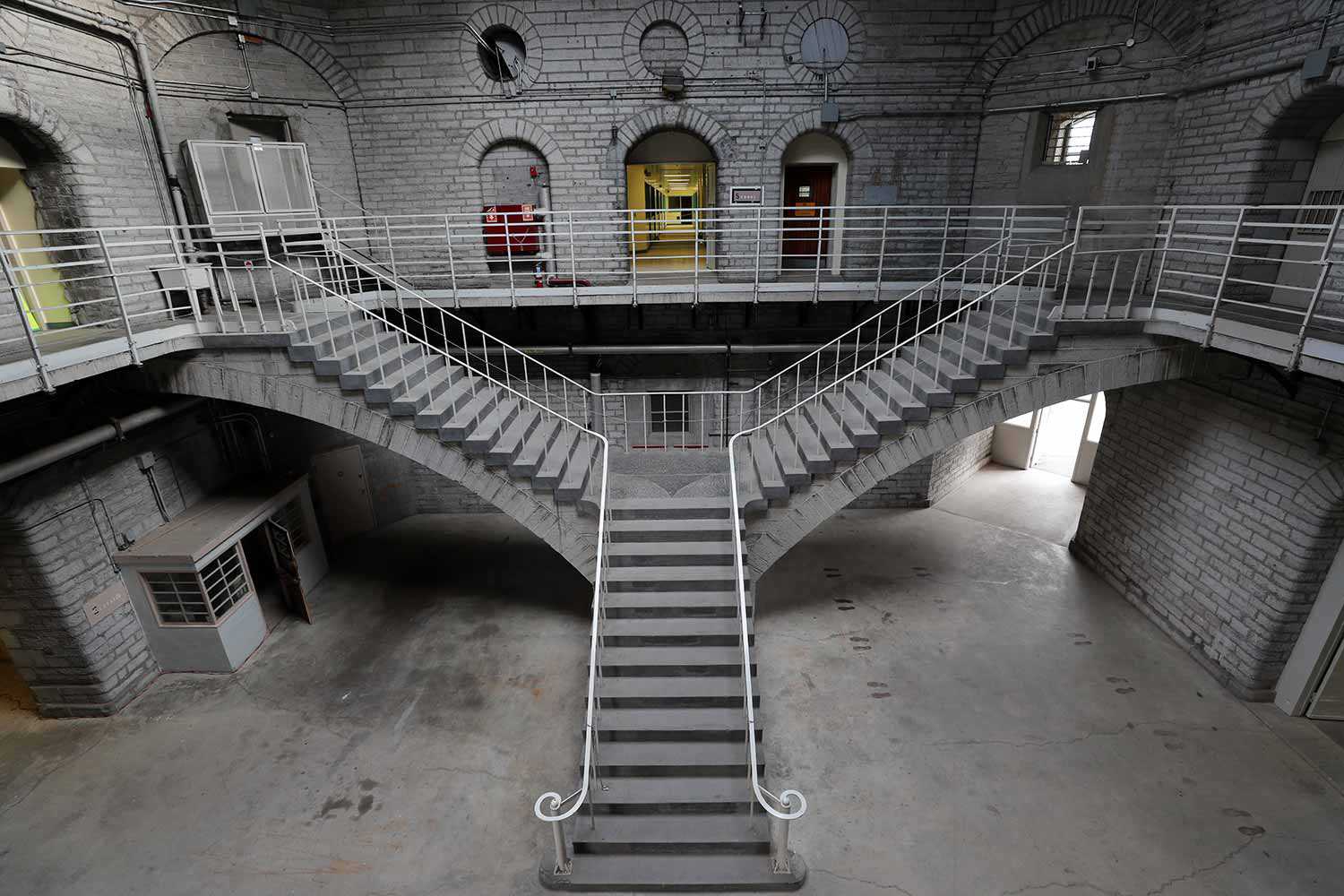


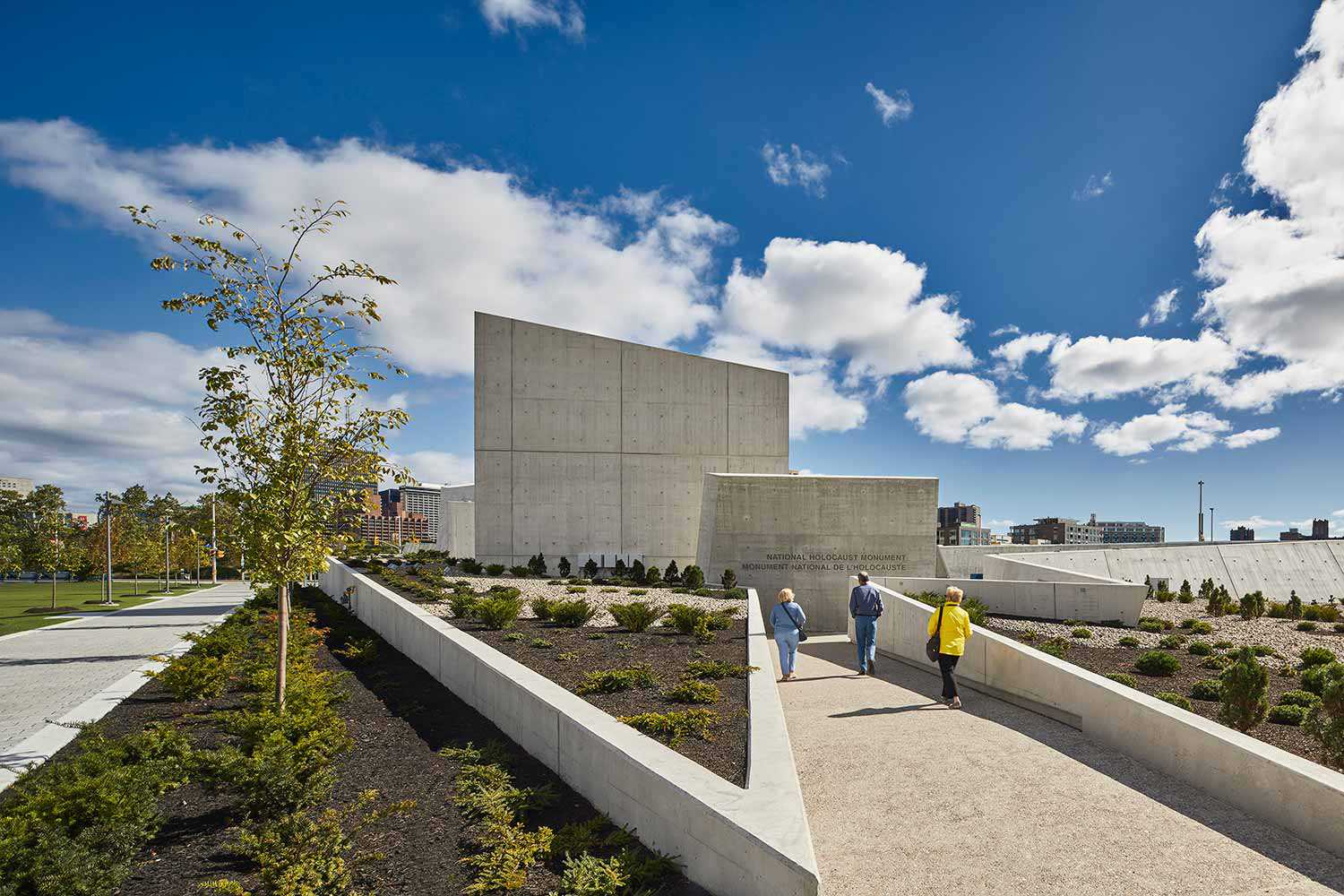
![F 2076-16-3-2/Unidentified woman and her son, [ca. 1900], Alvin D. McCurdy fonds, Archives of Ontario, I0027790.](https://www.heritage-matters.ca/uploads/Articles/27790_boy_and_woman_520-web.jpg)
